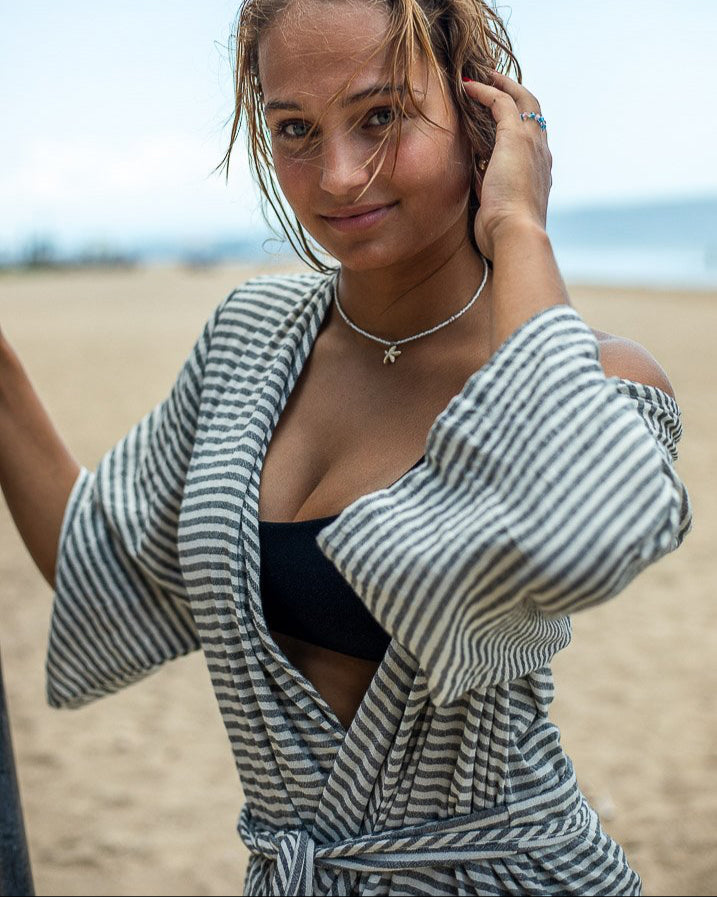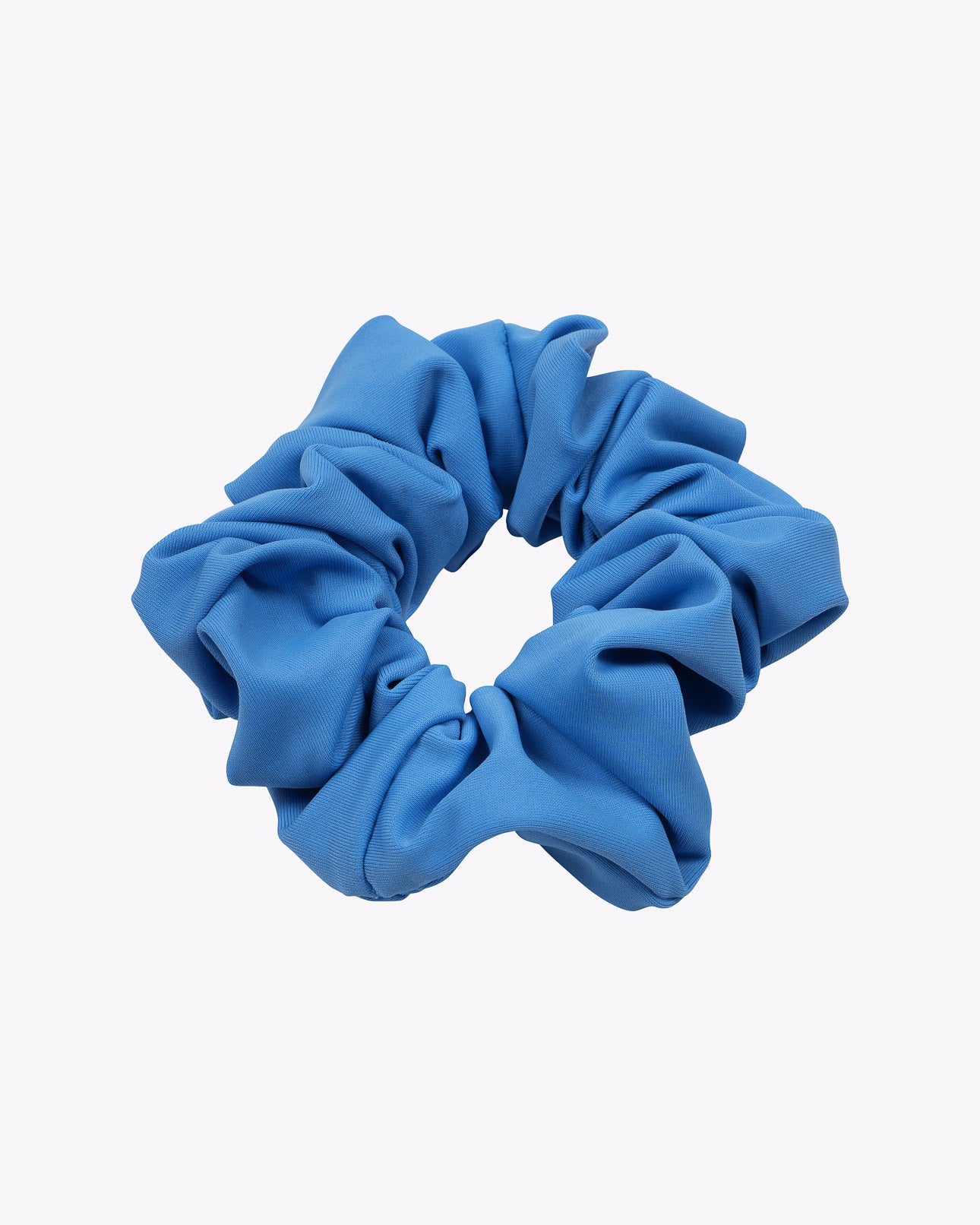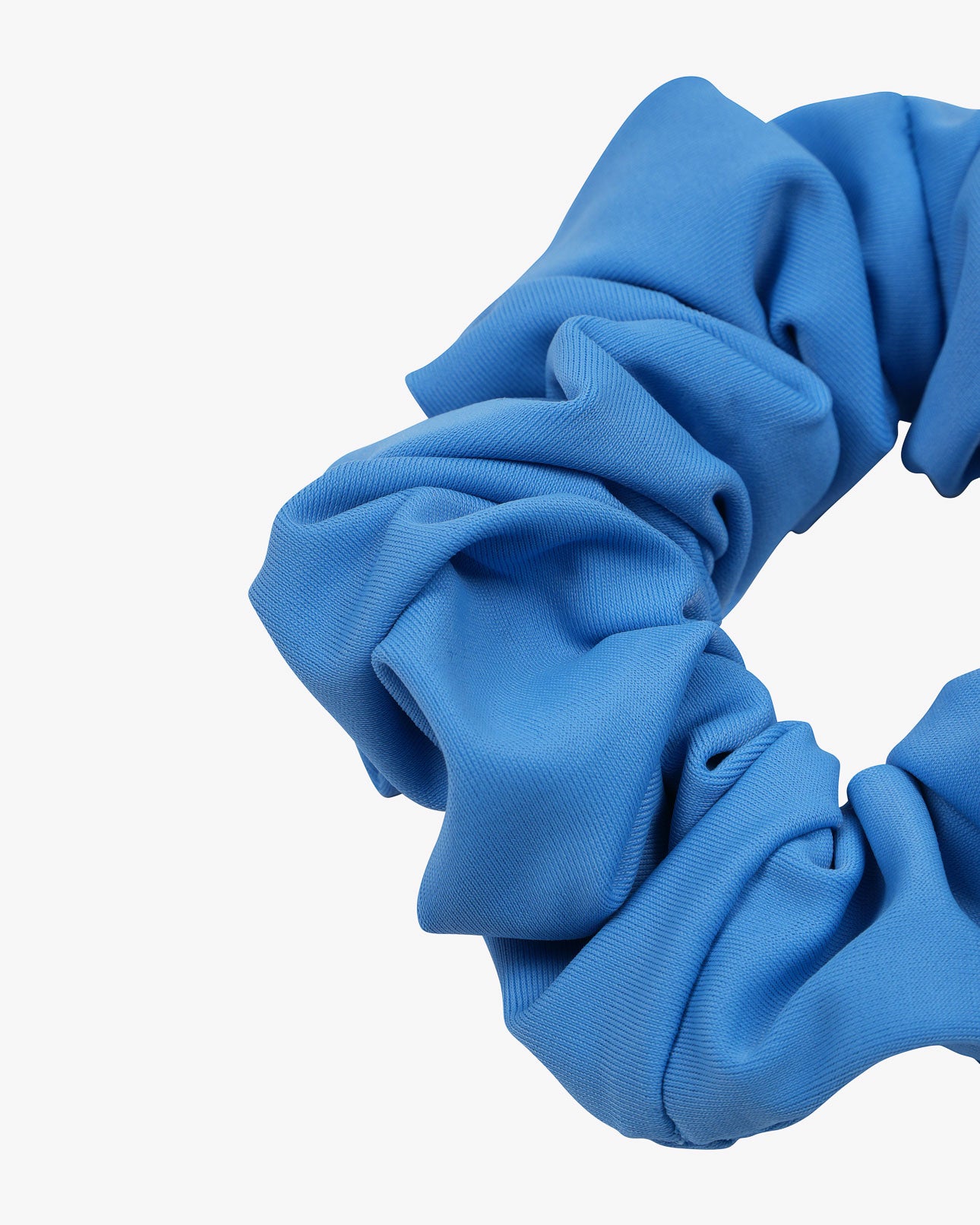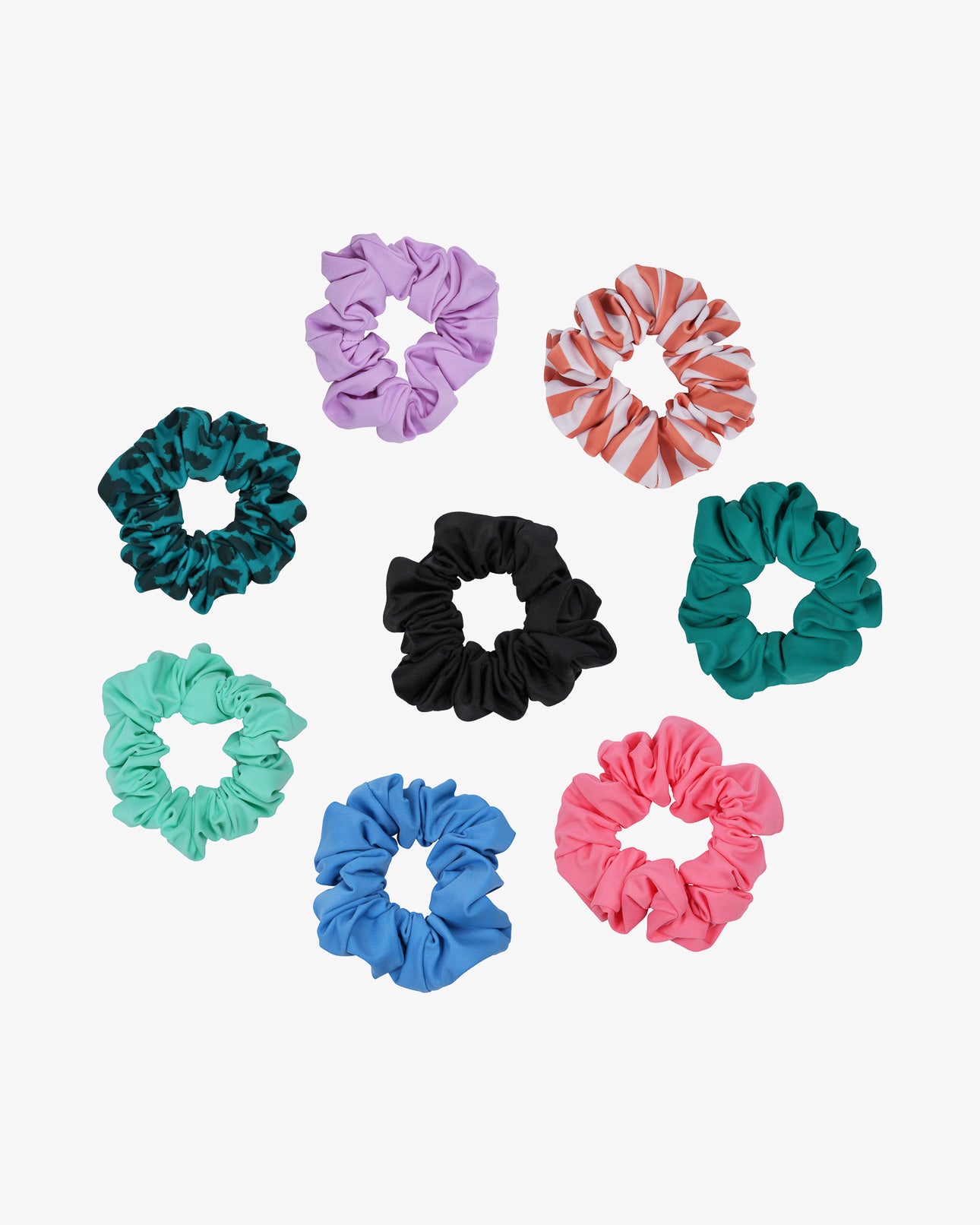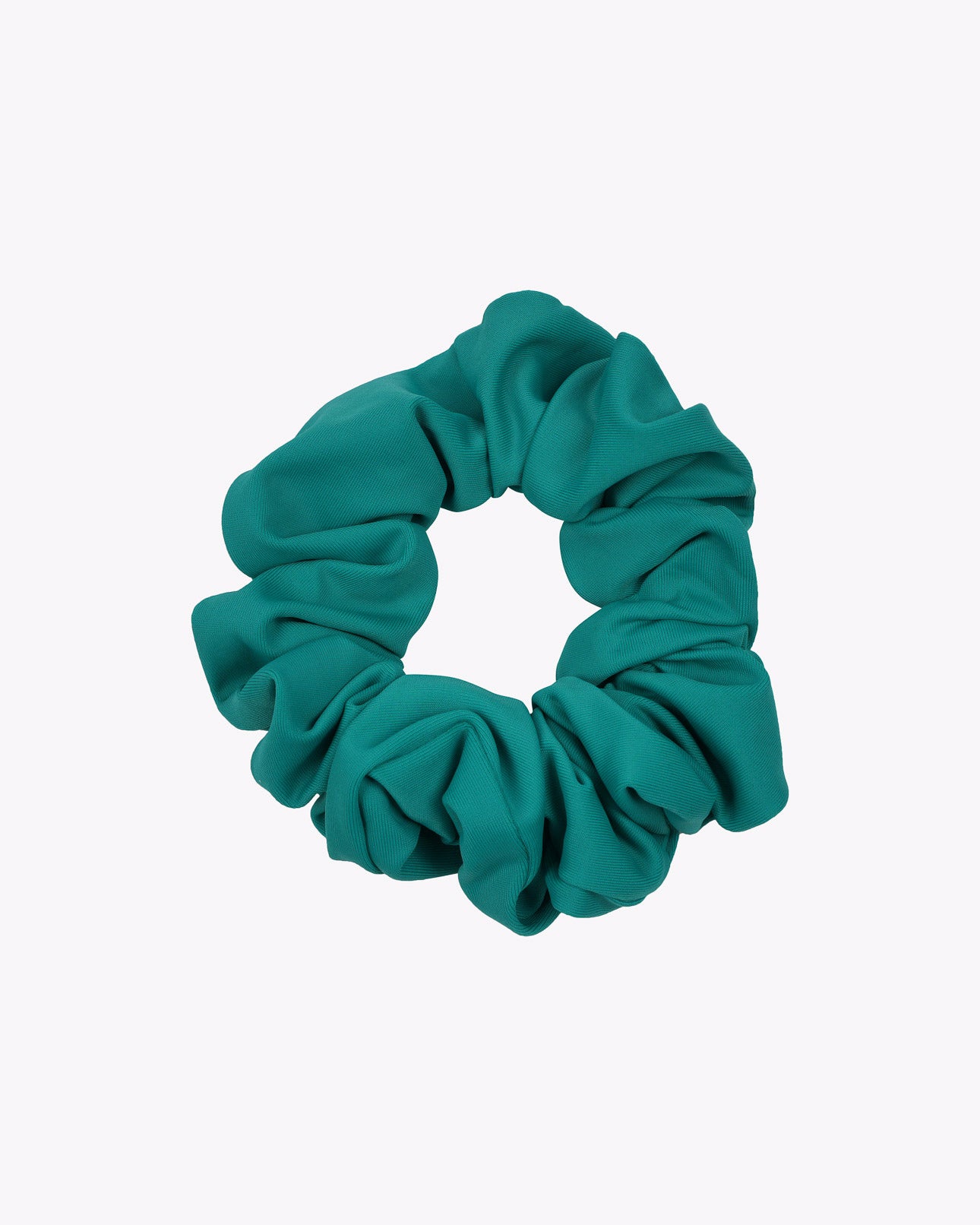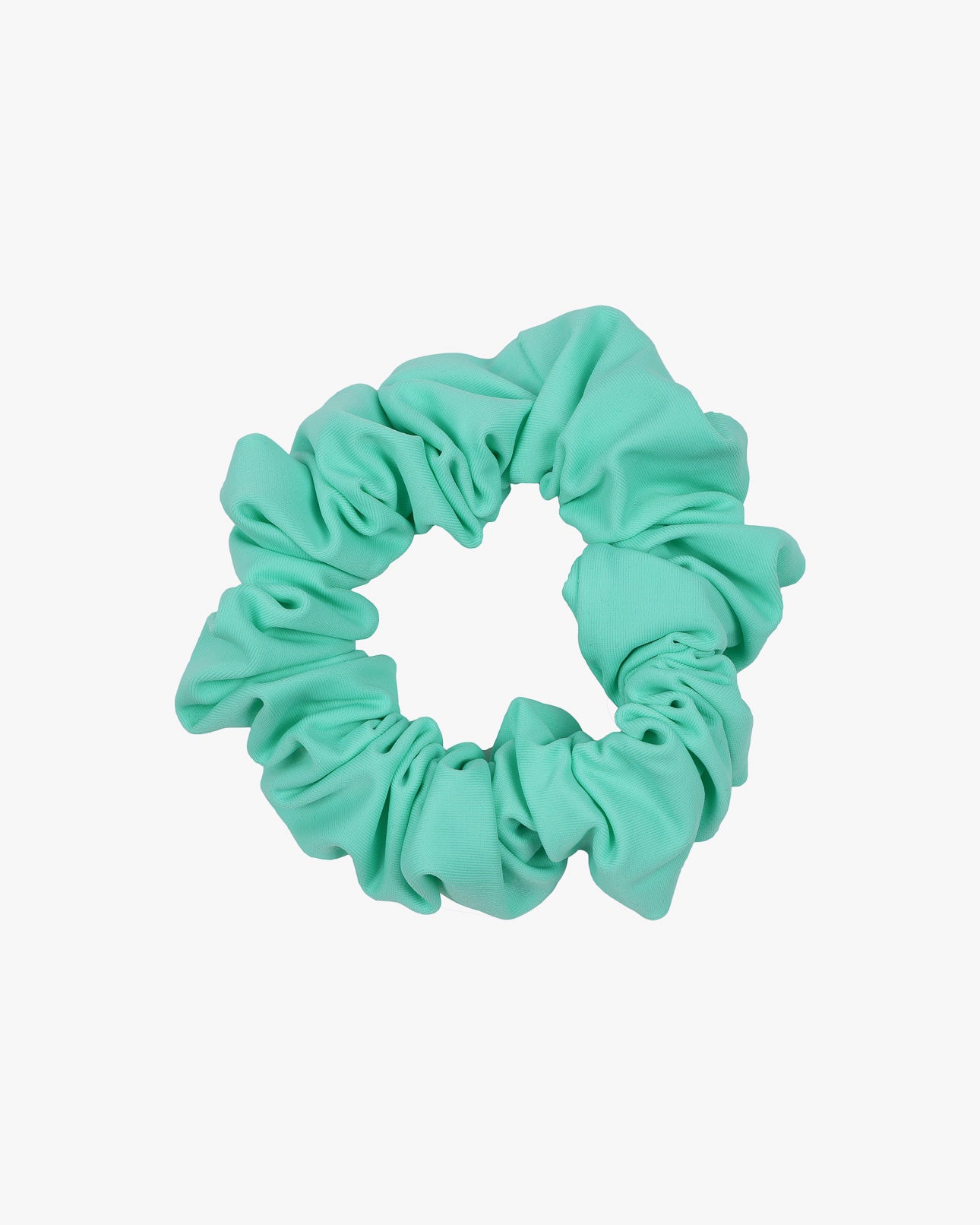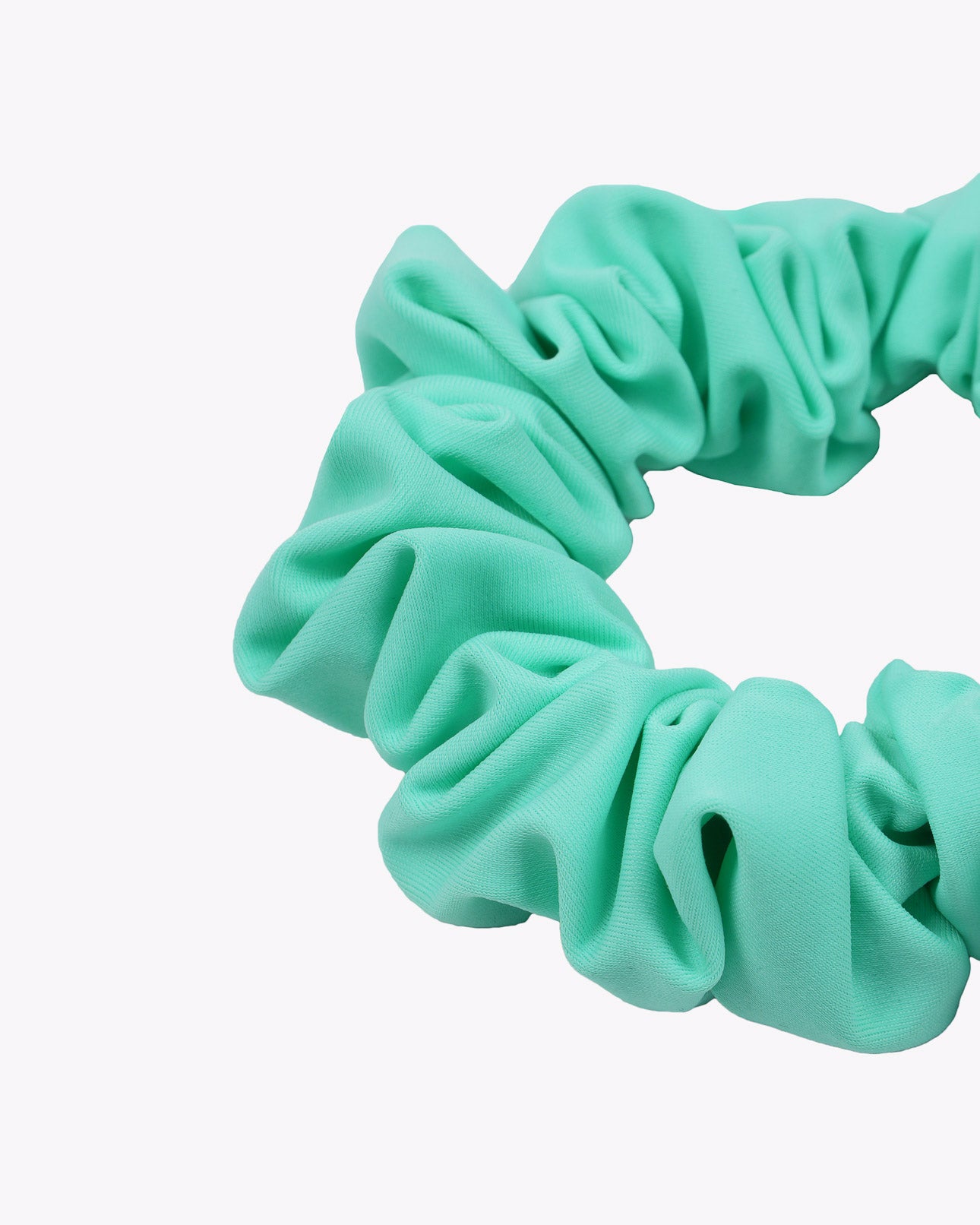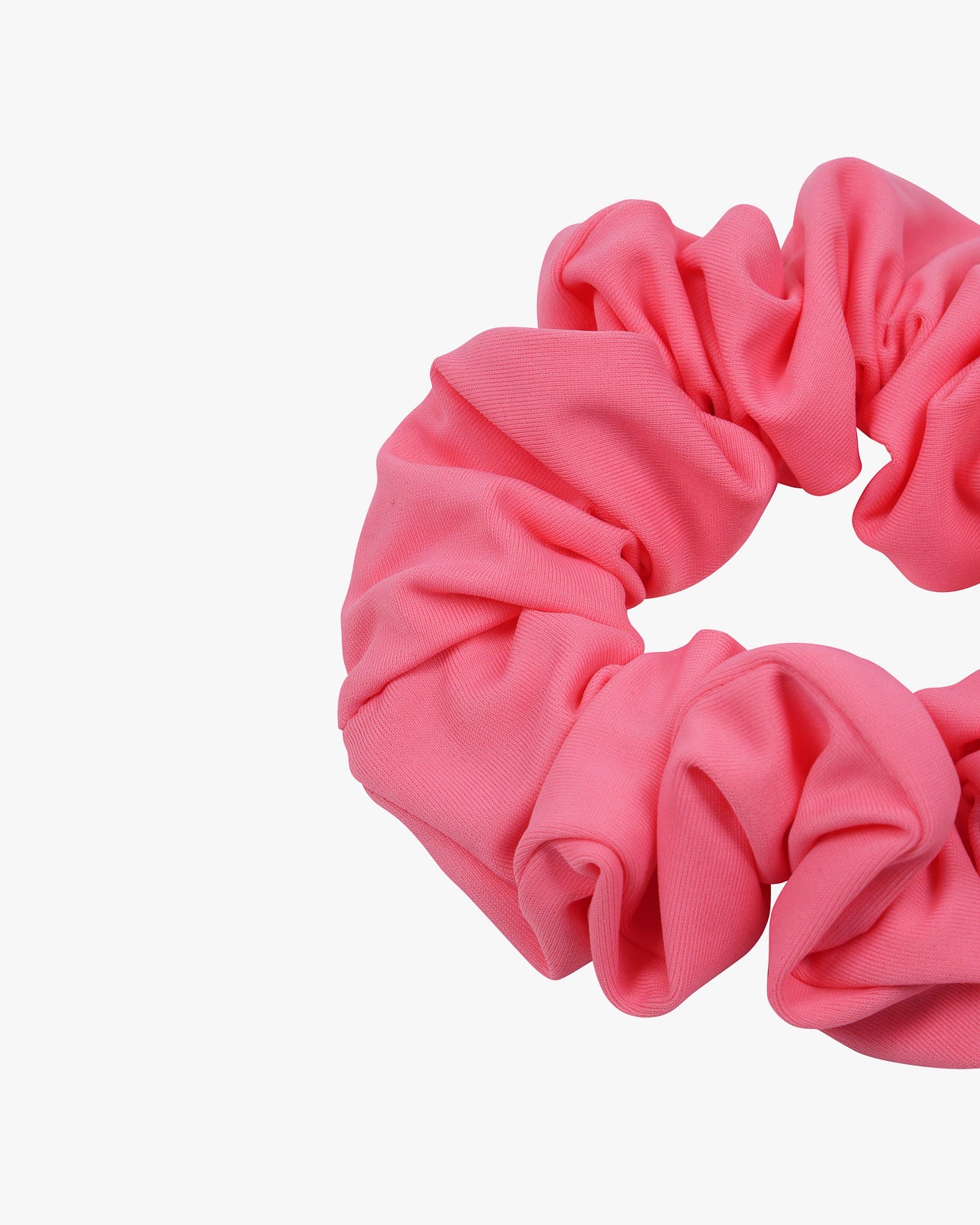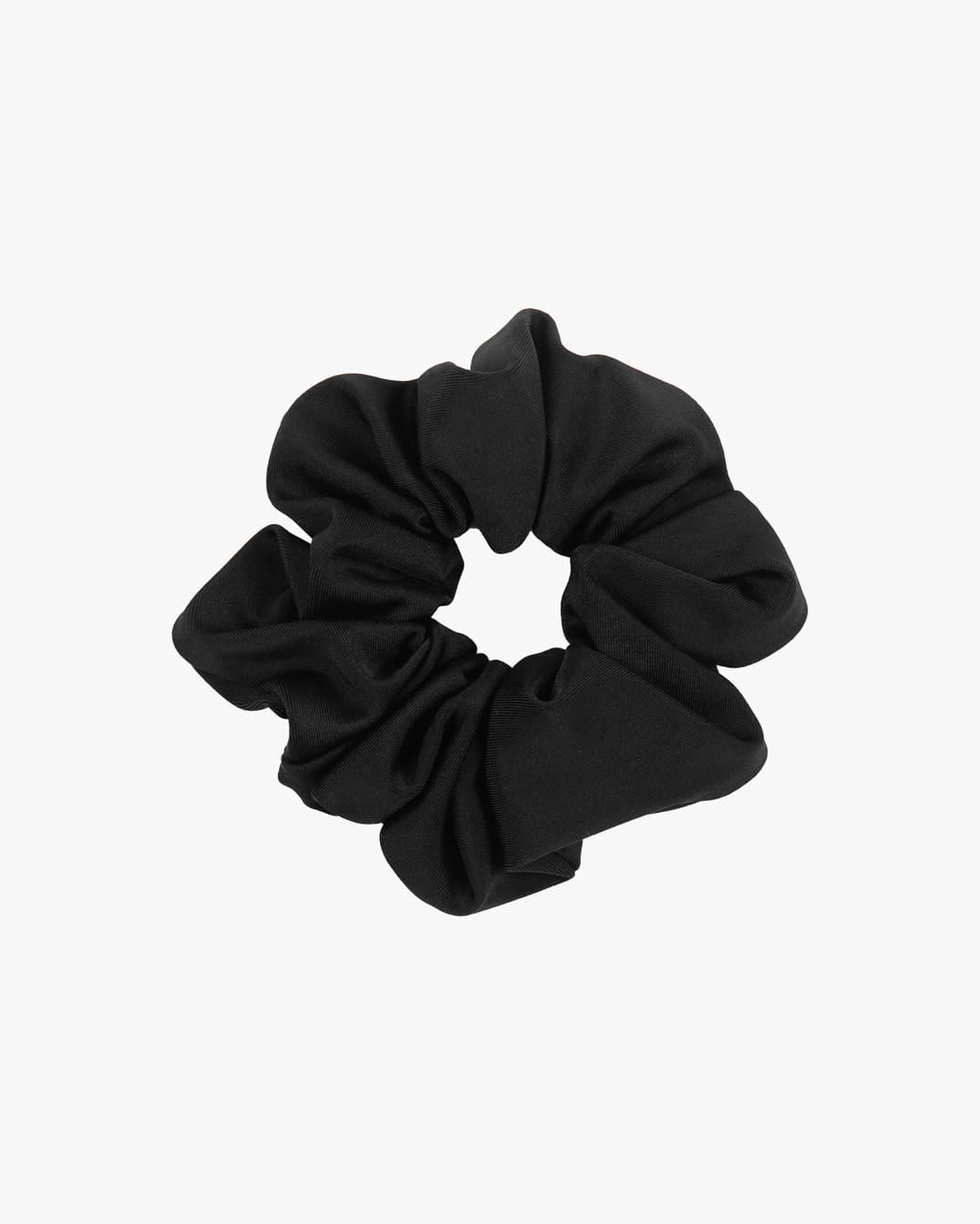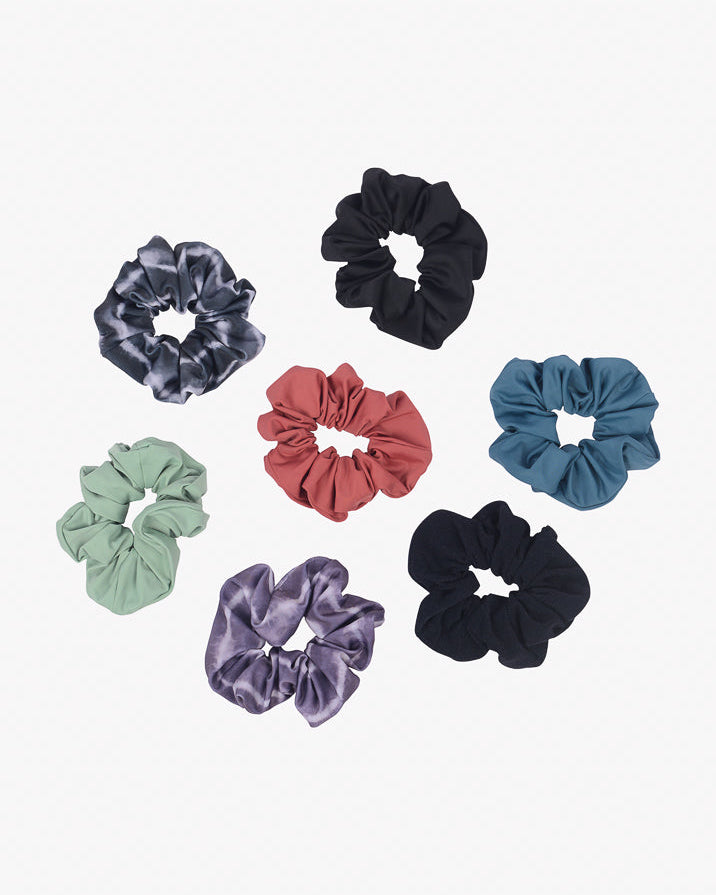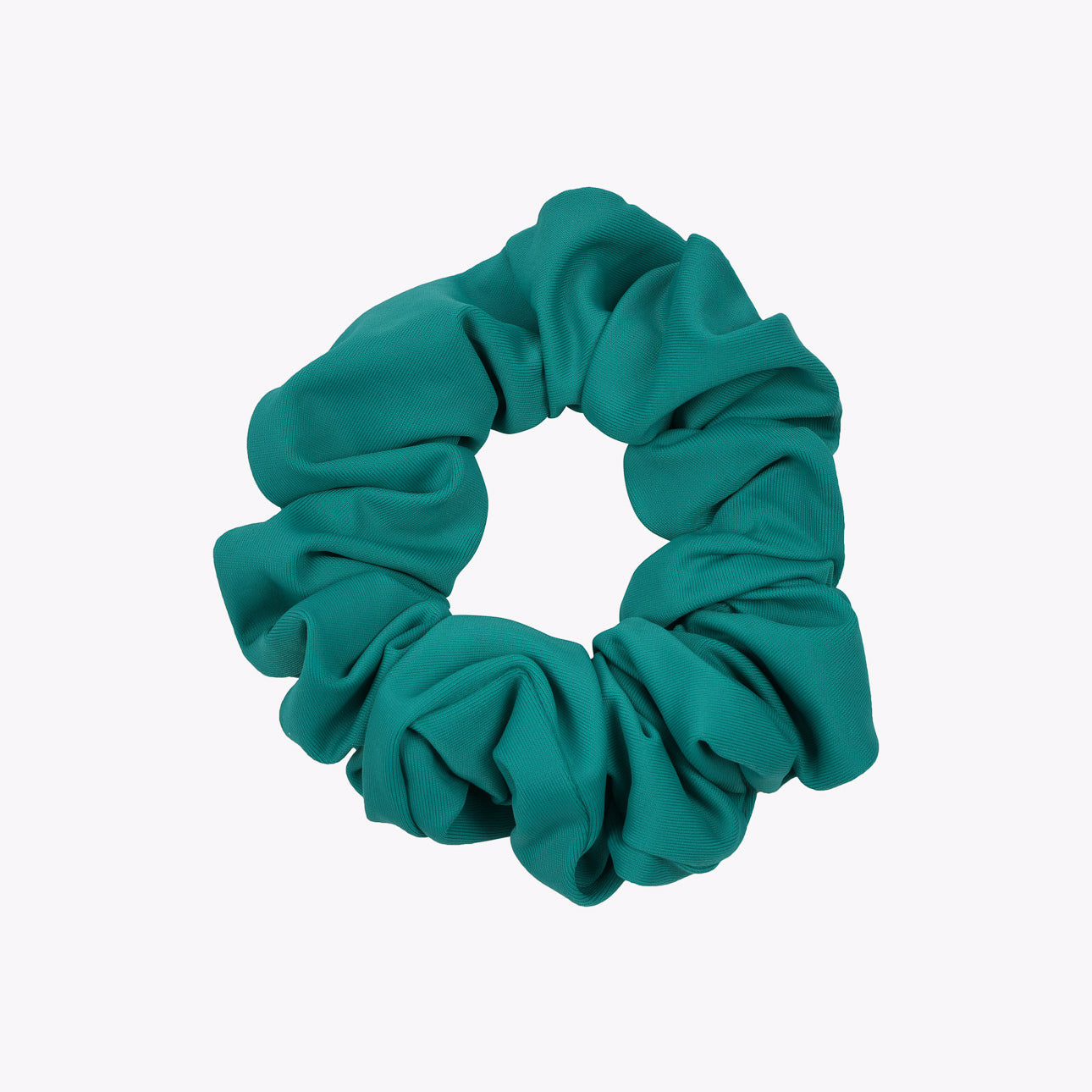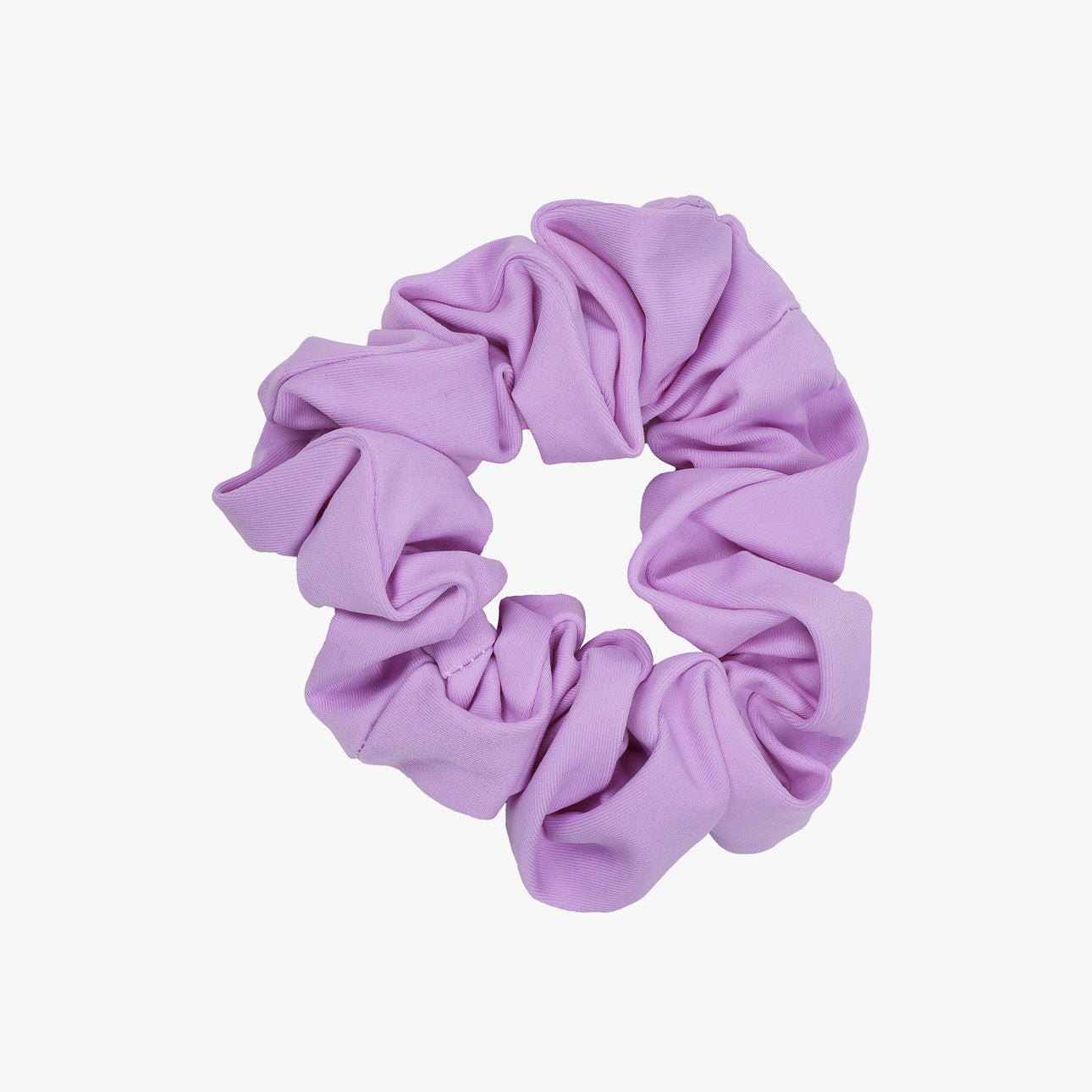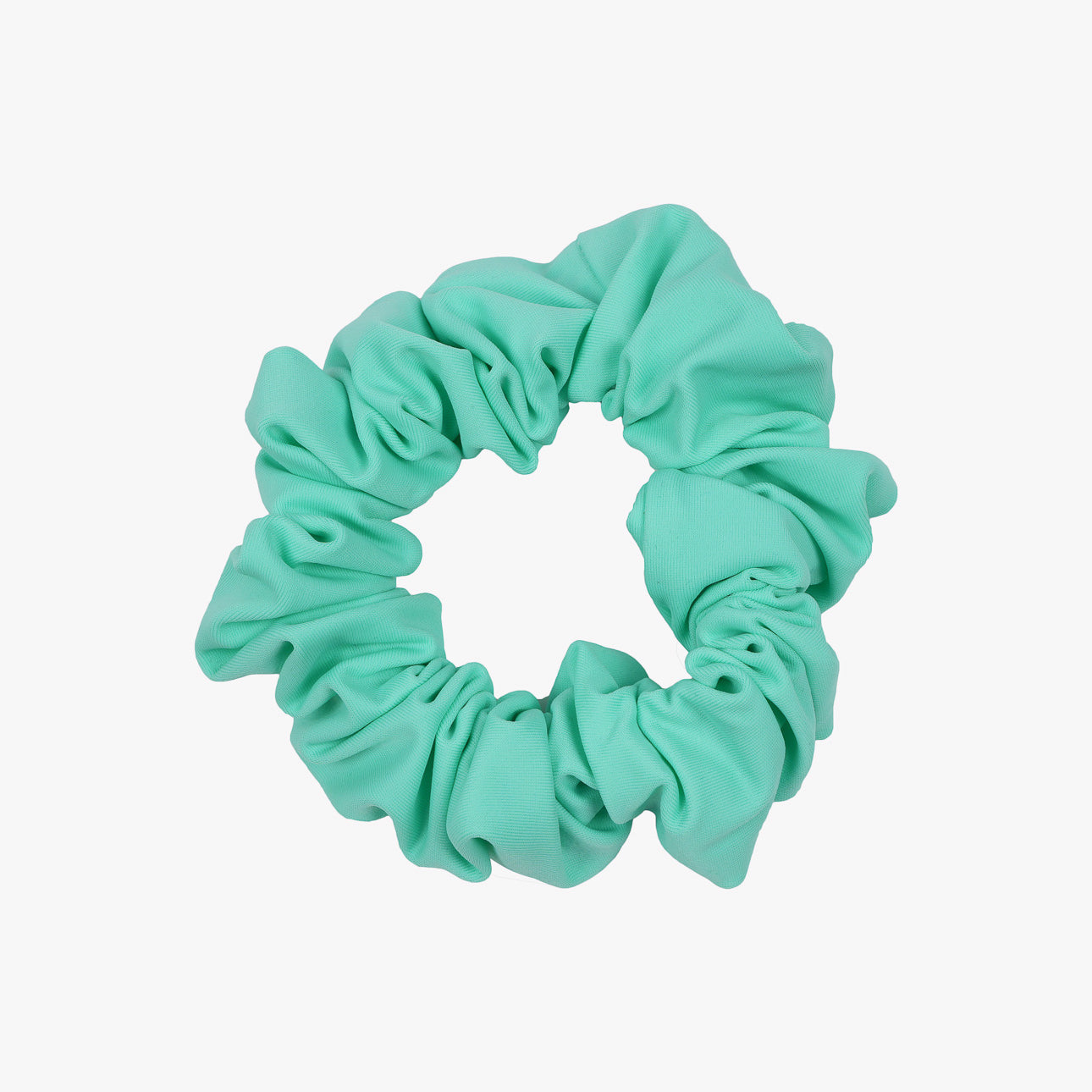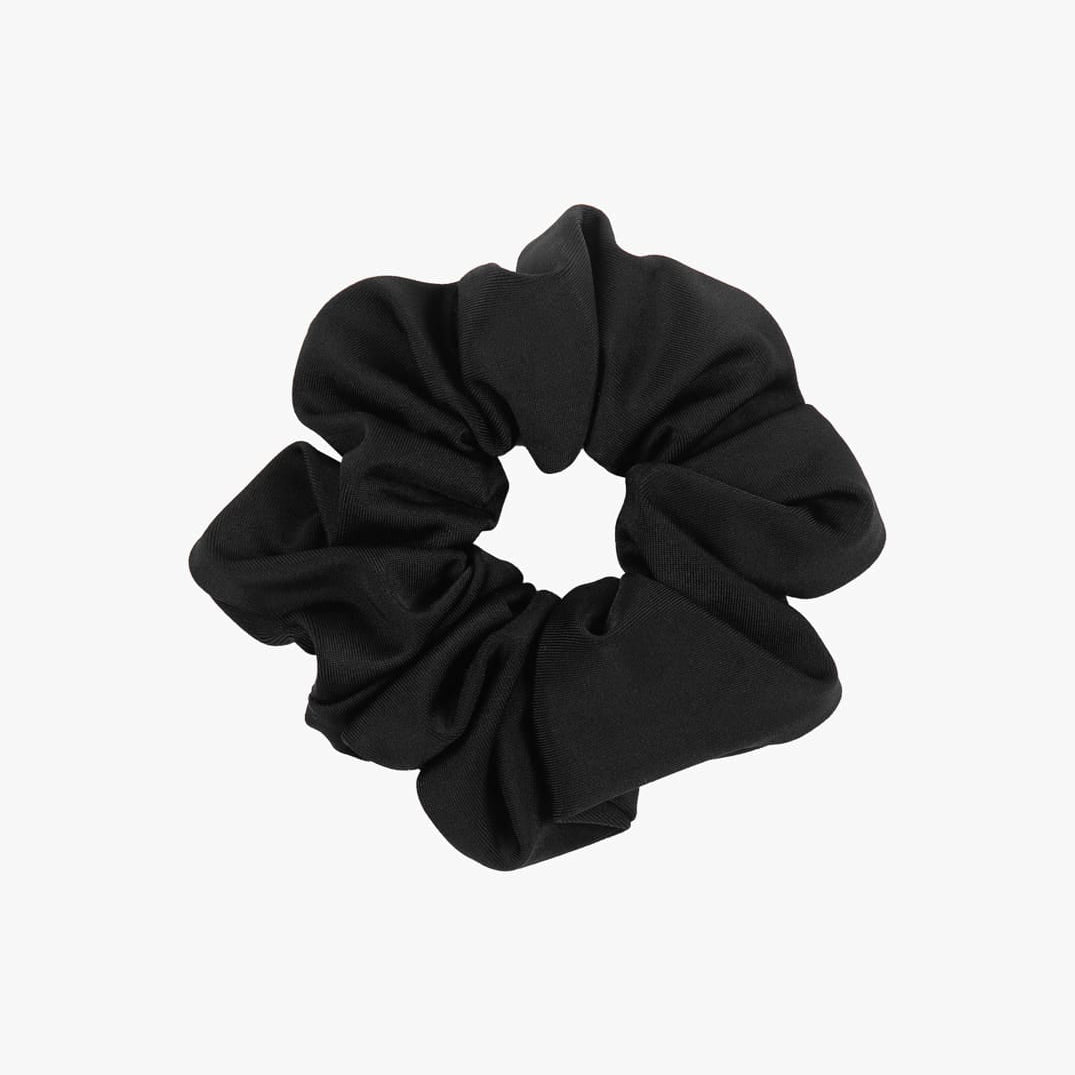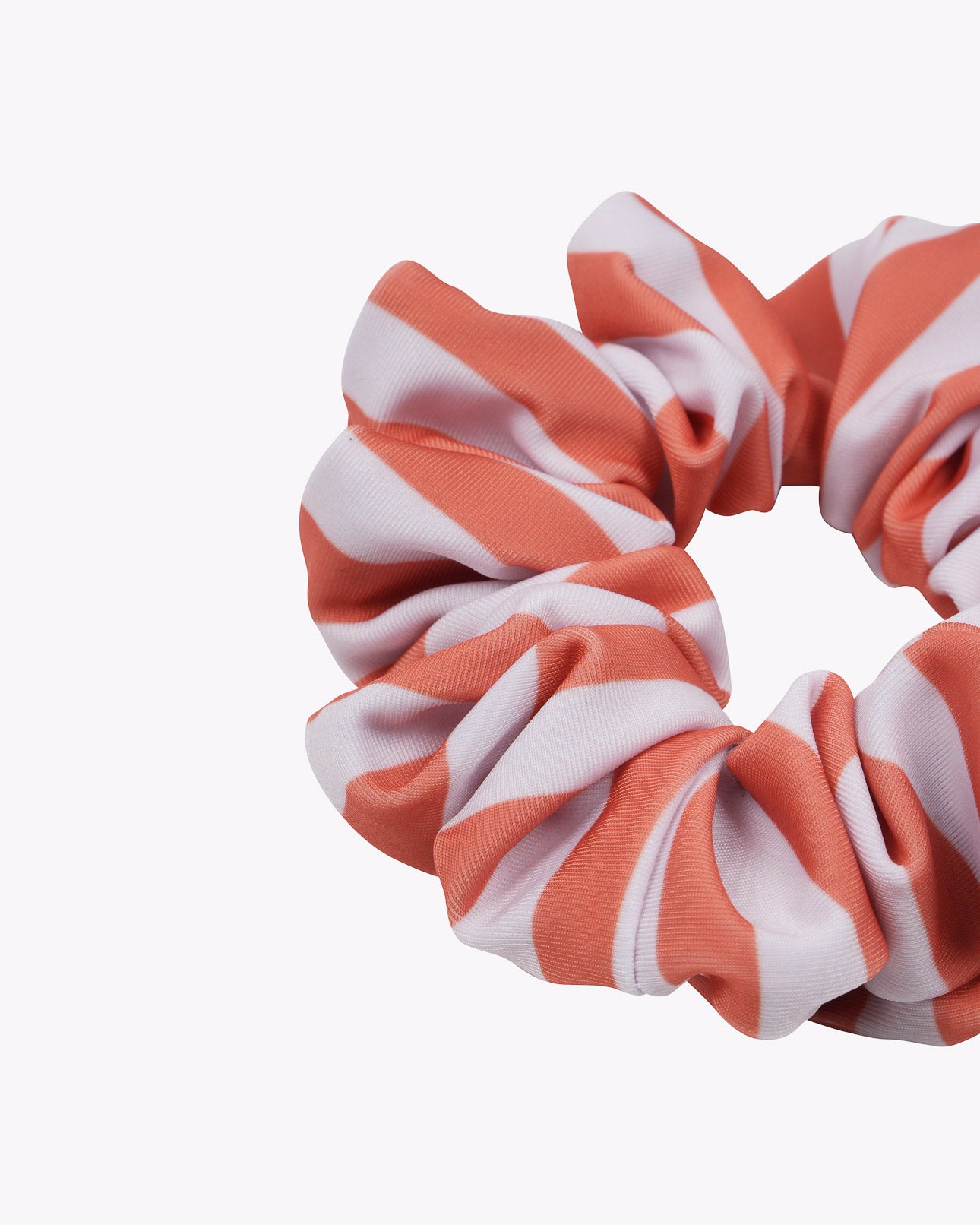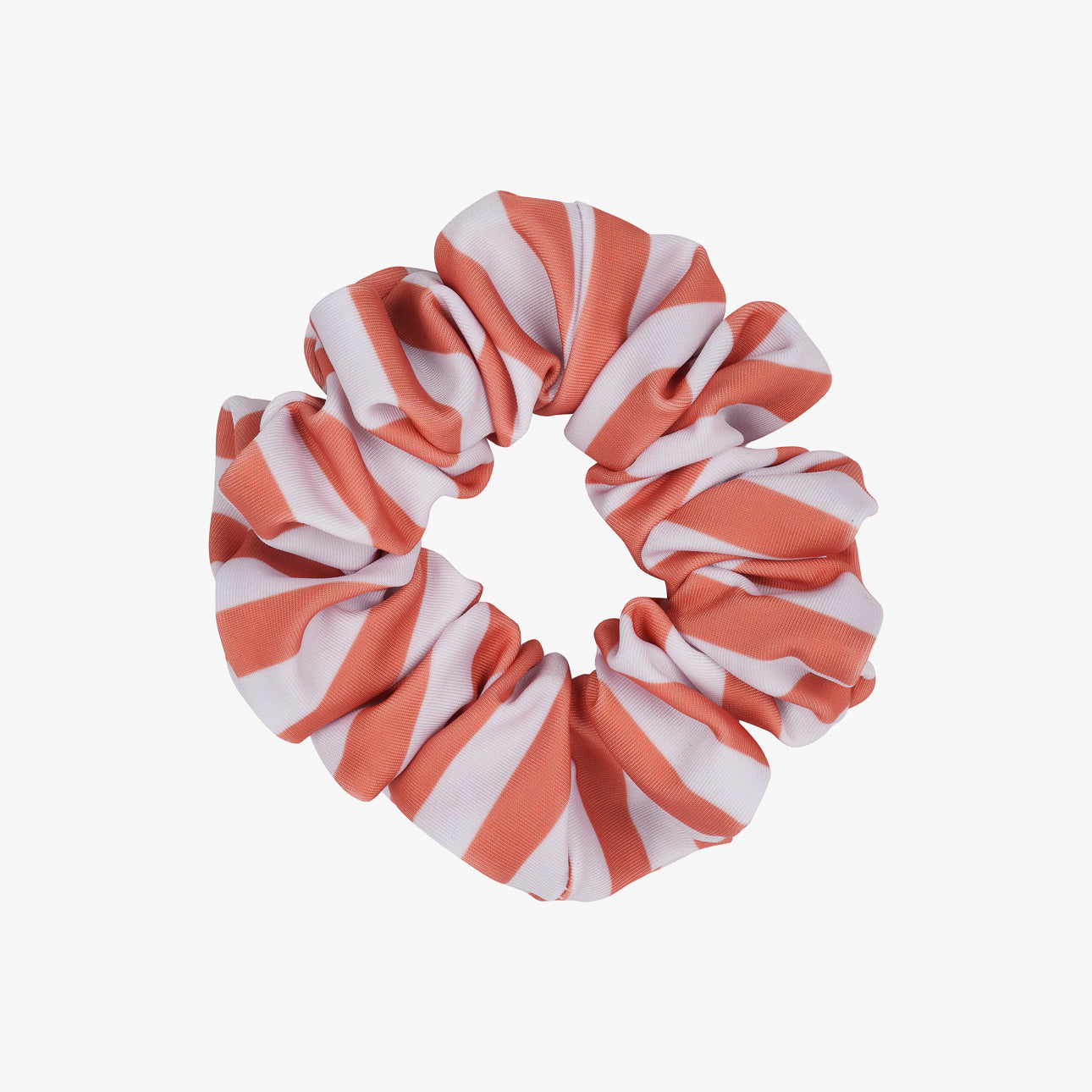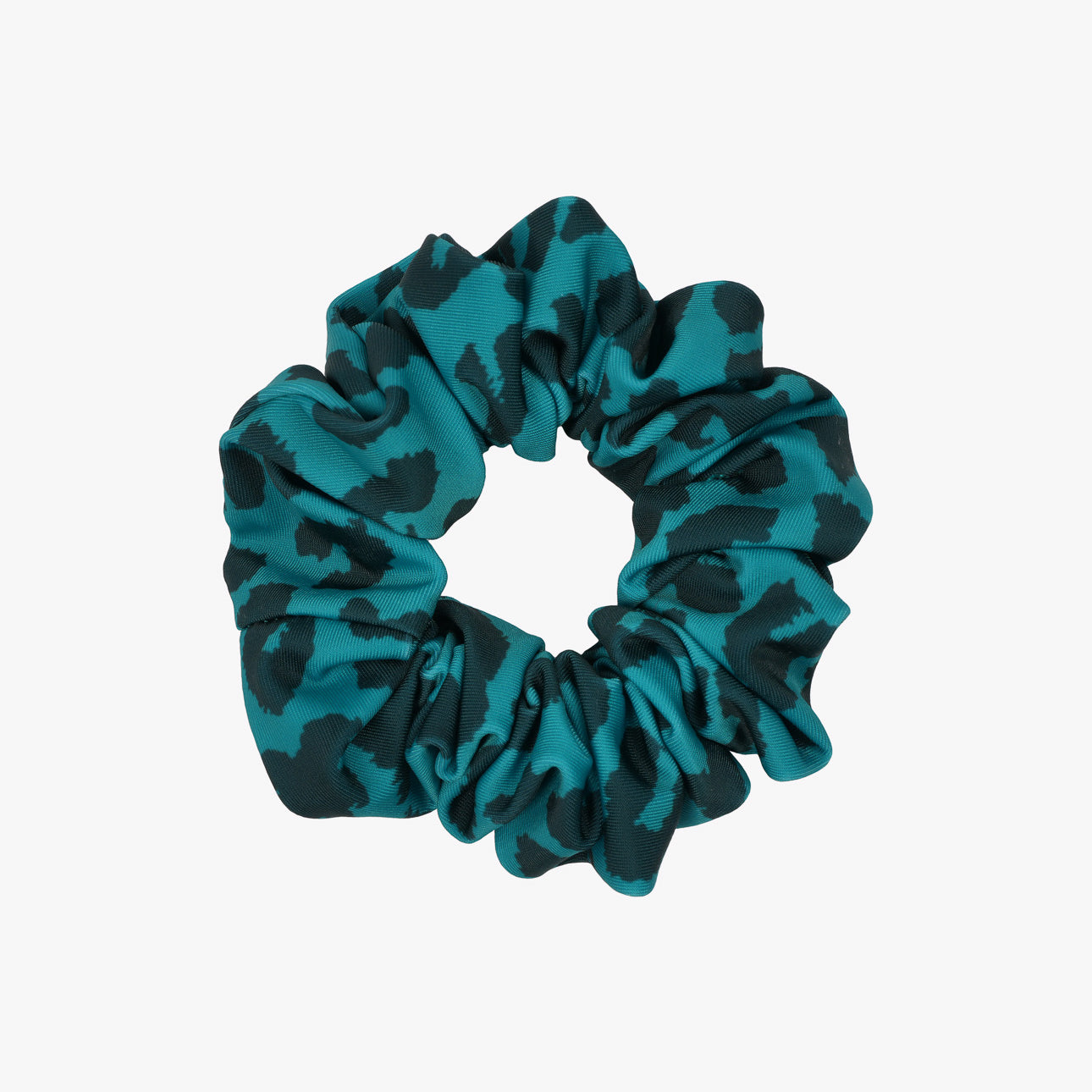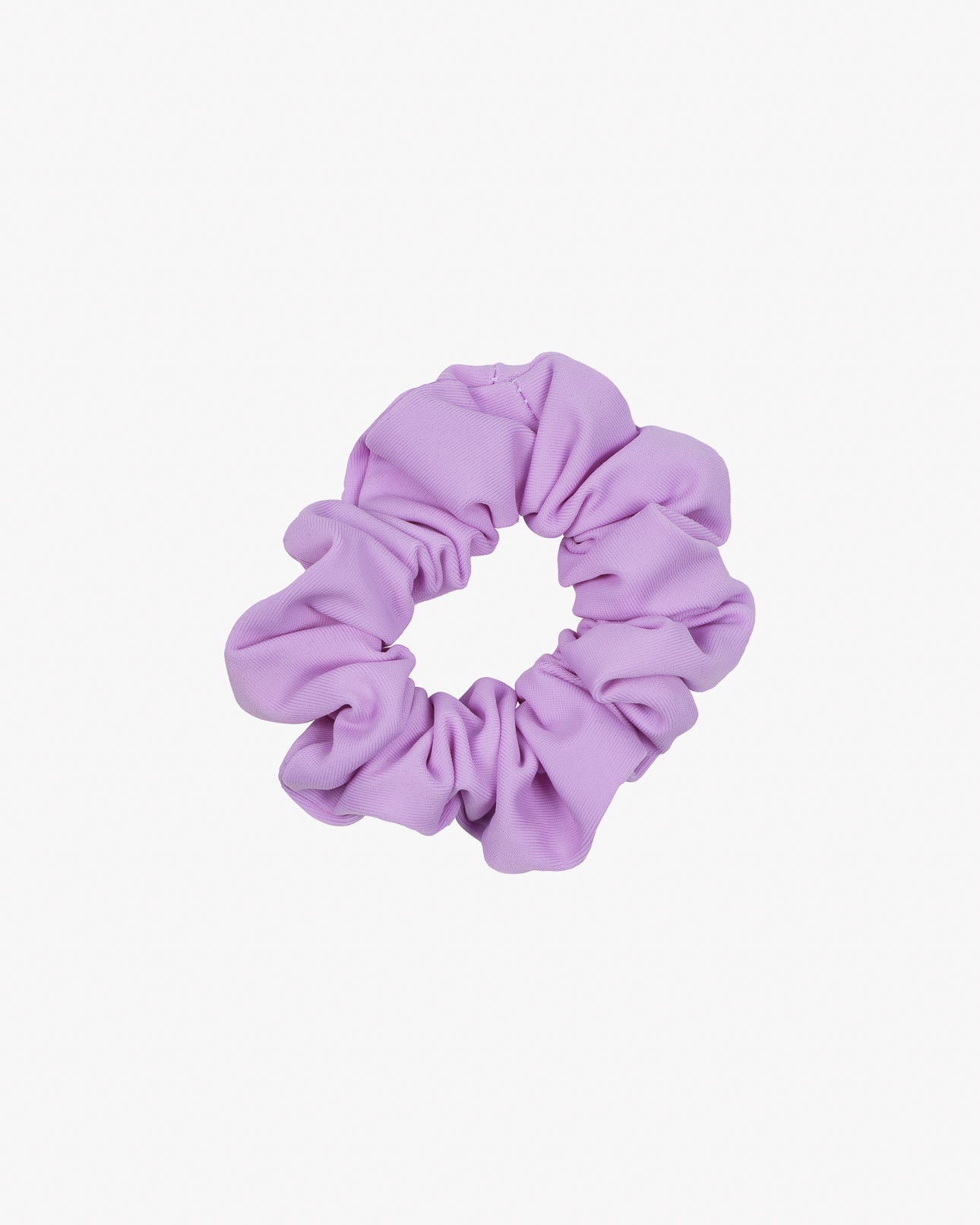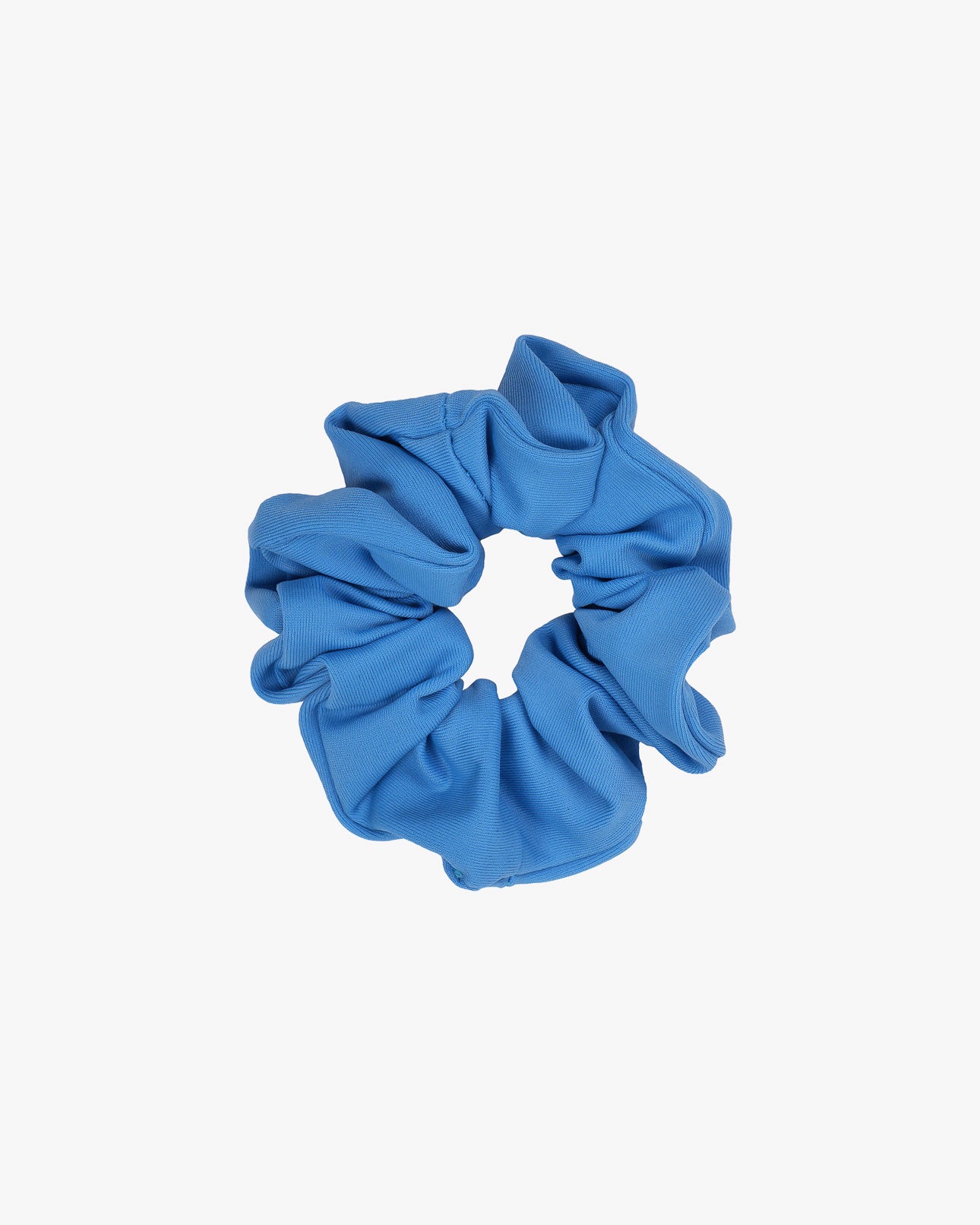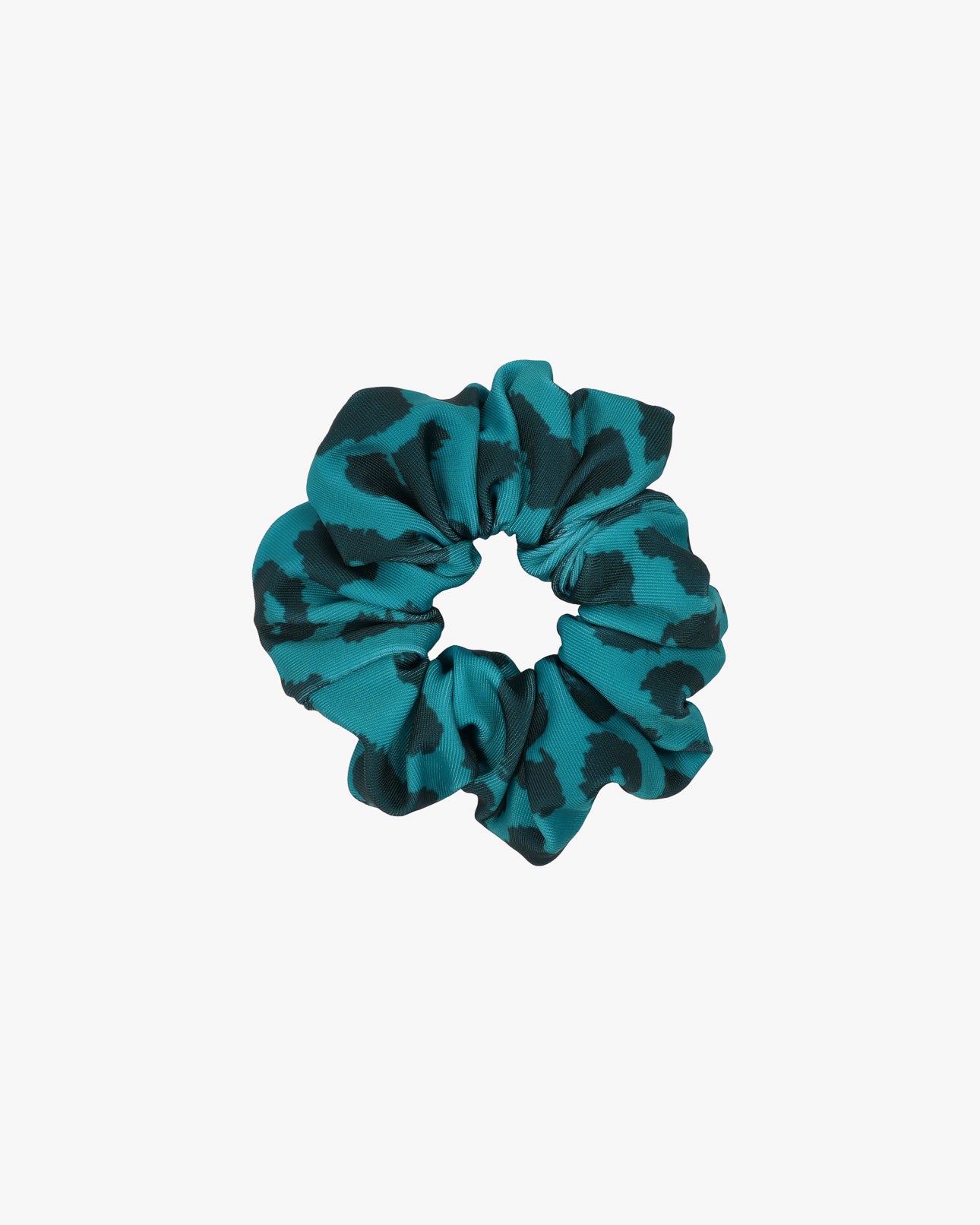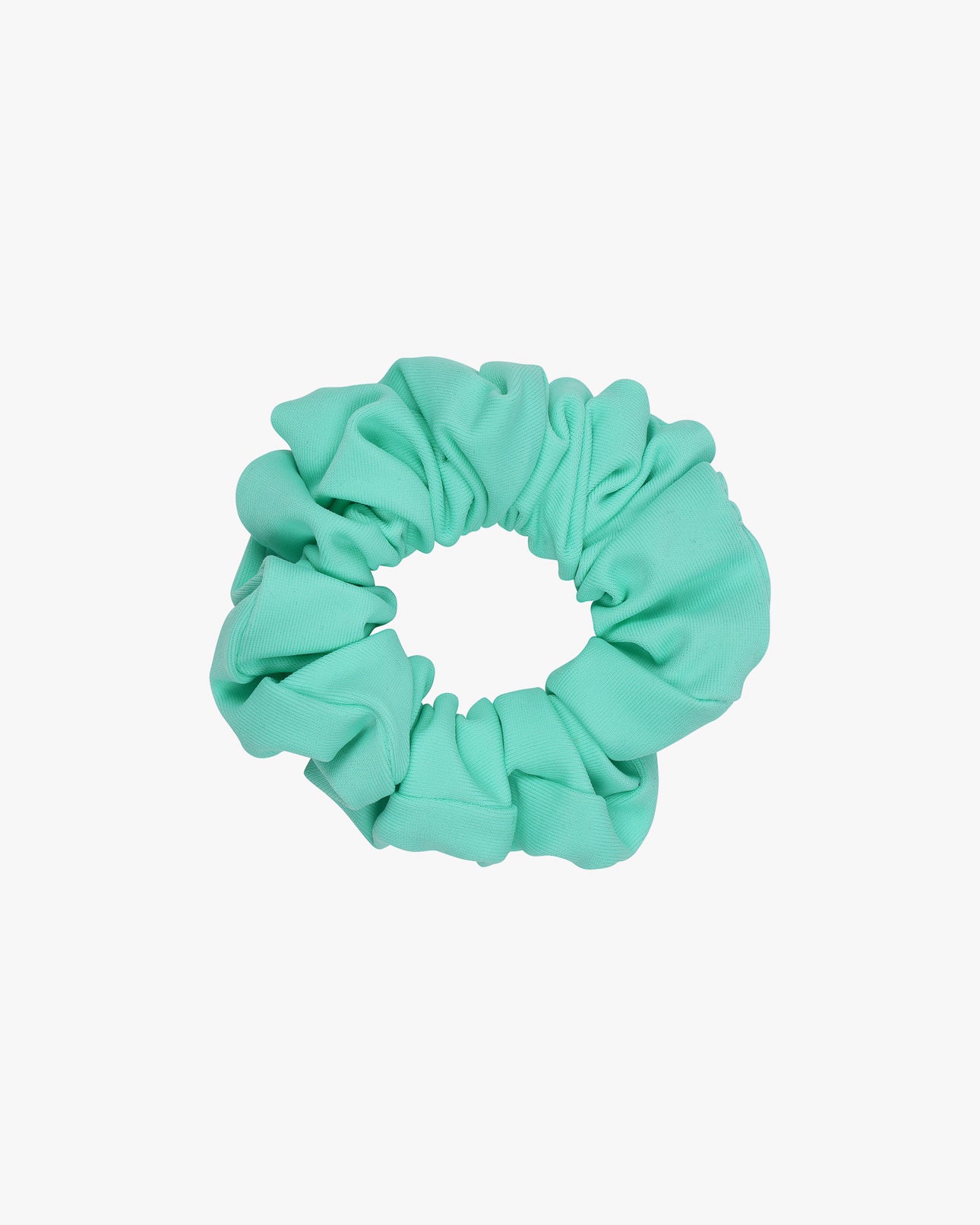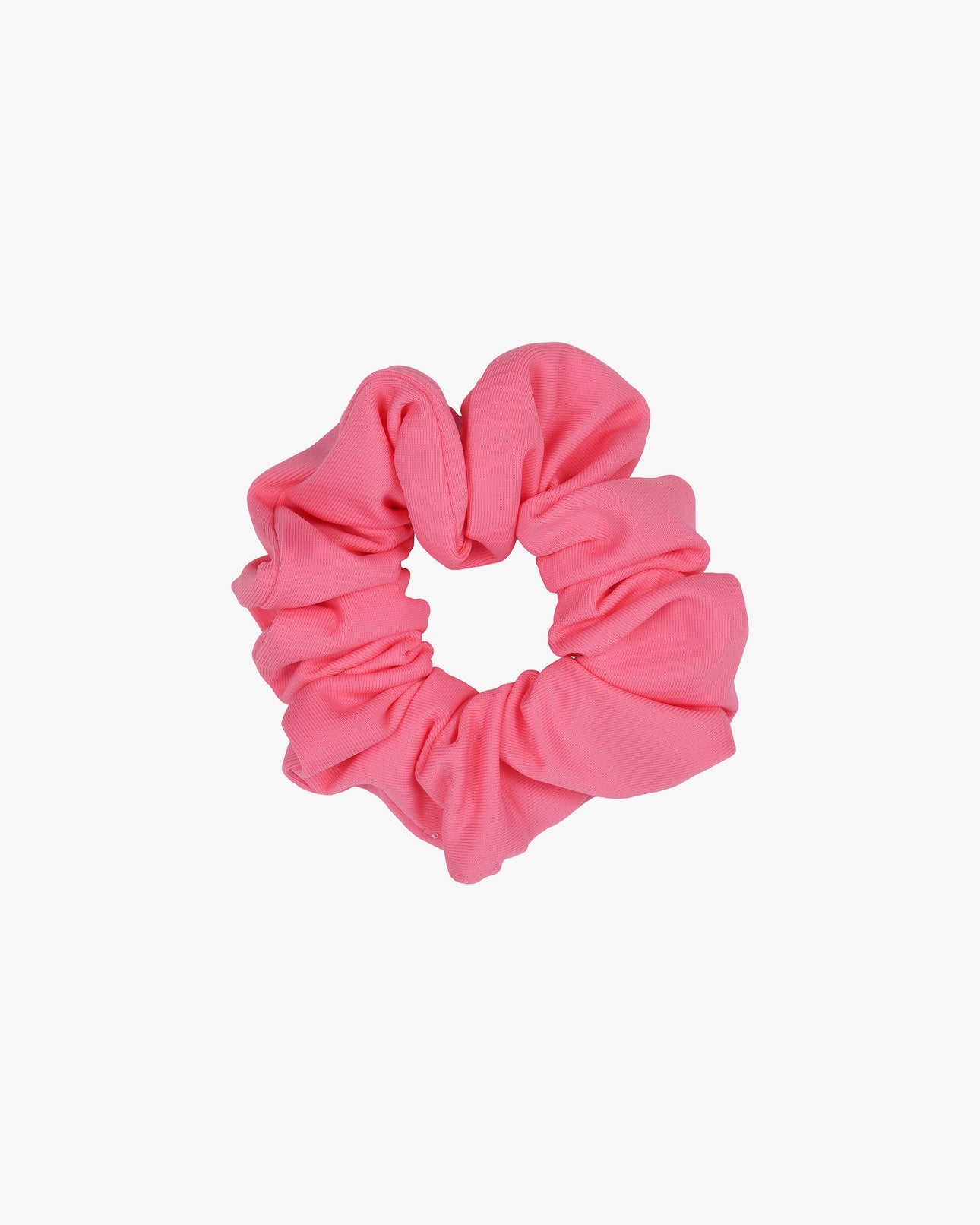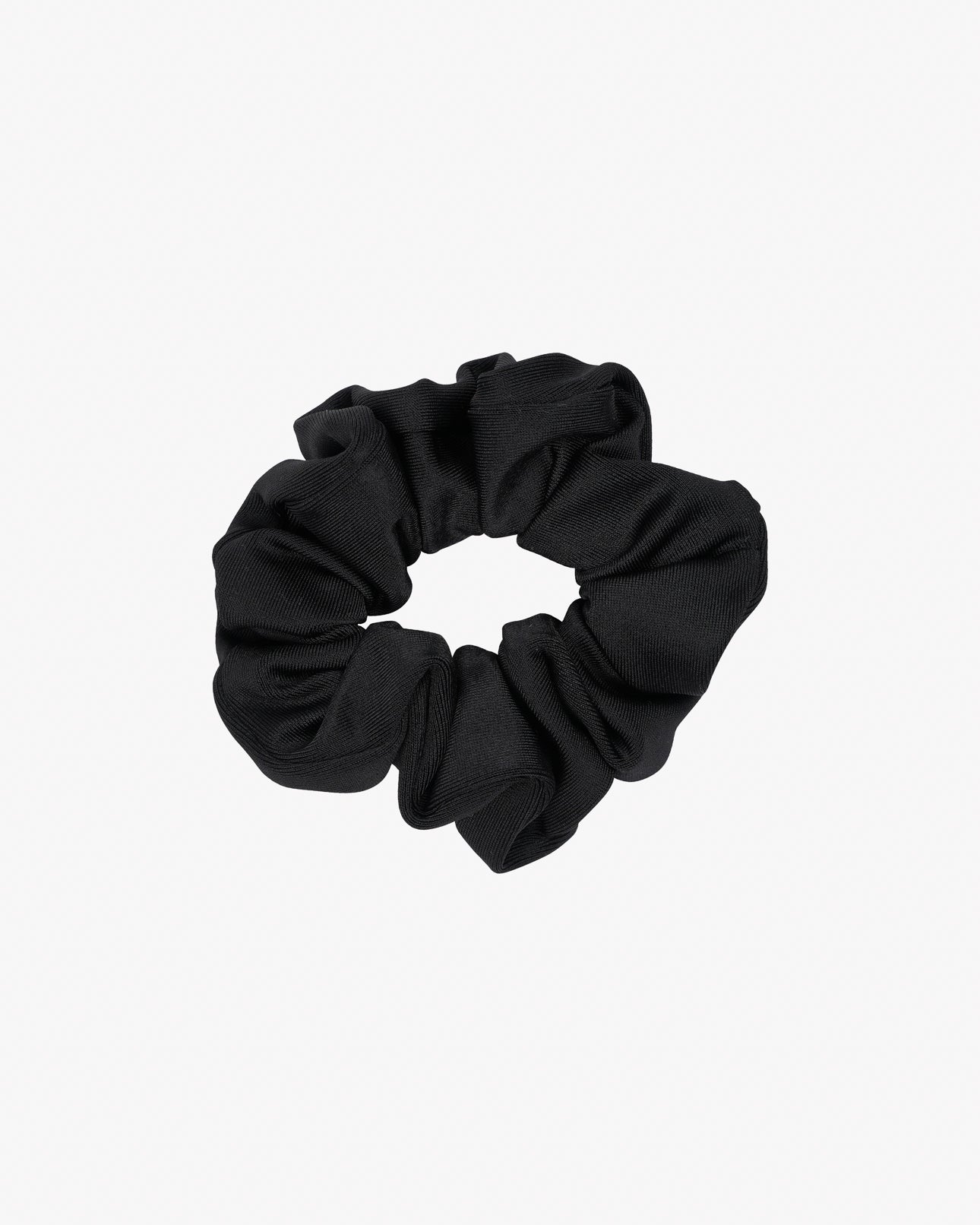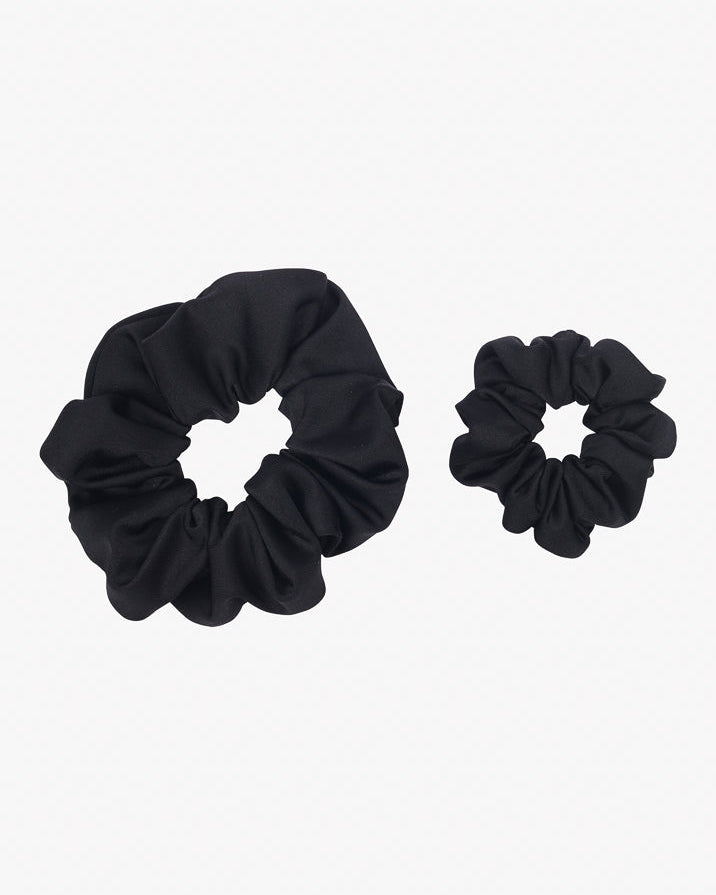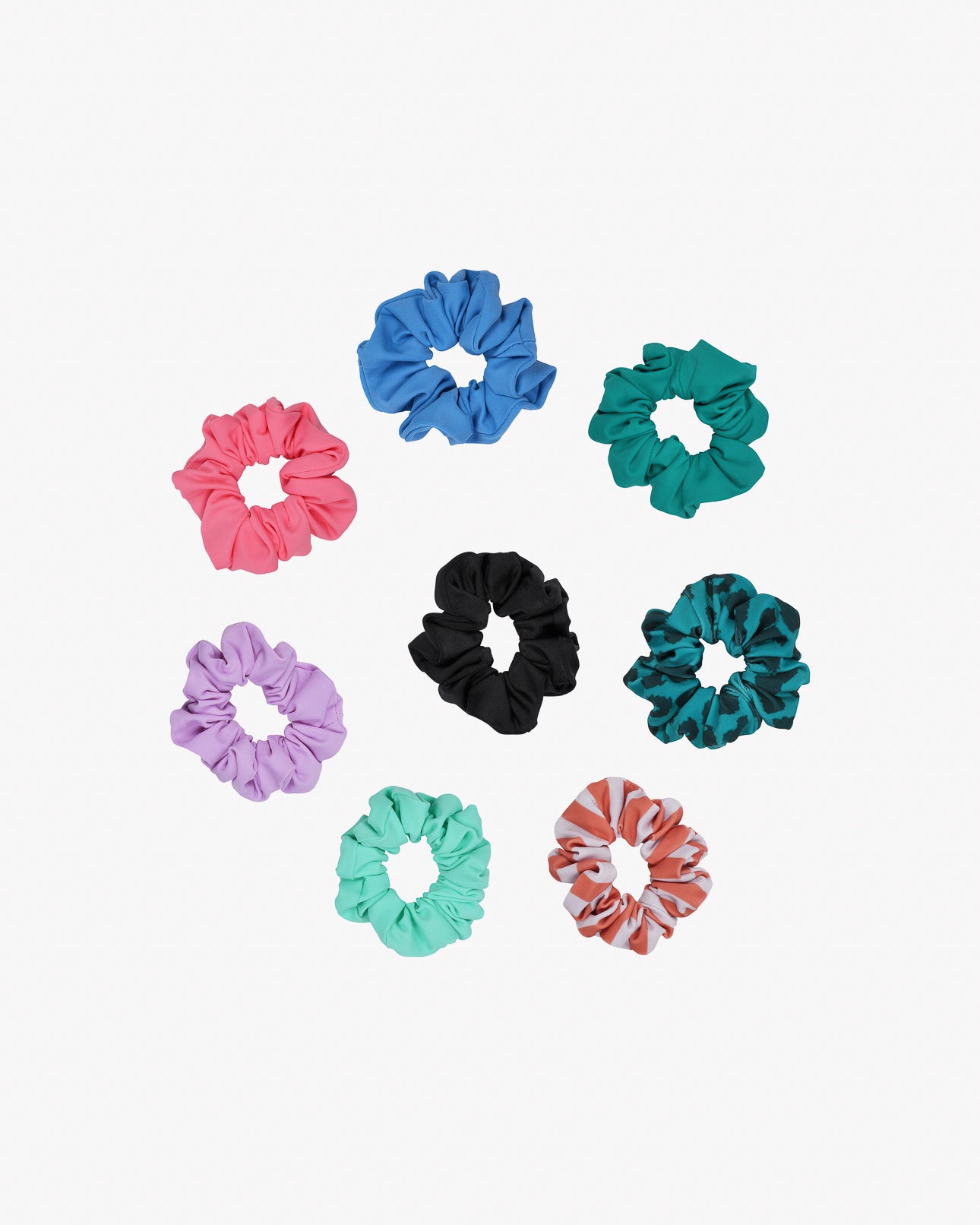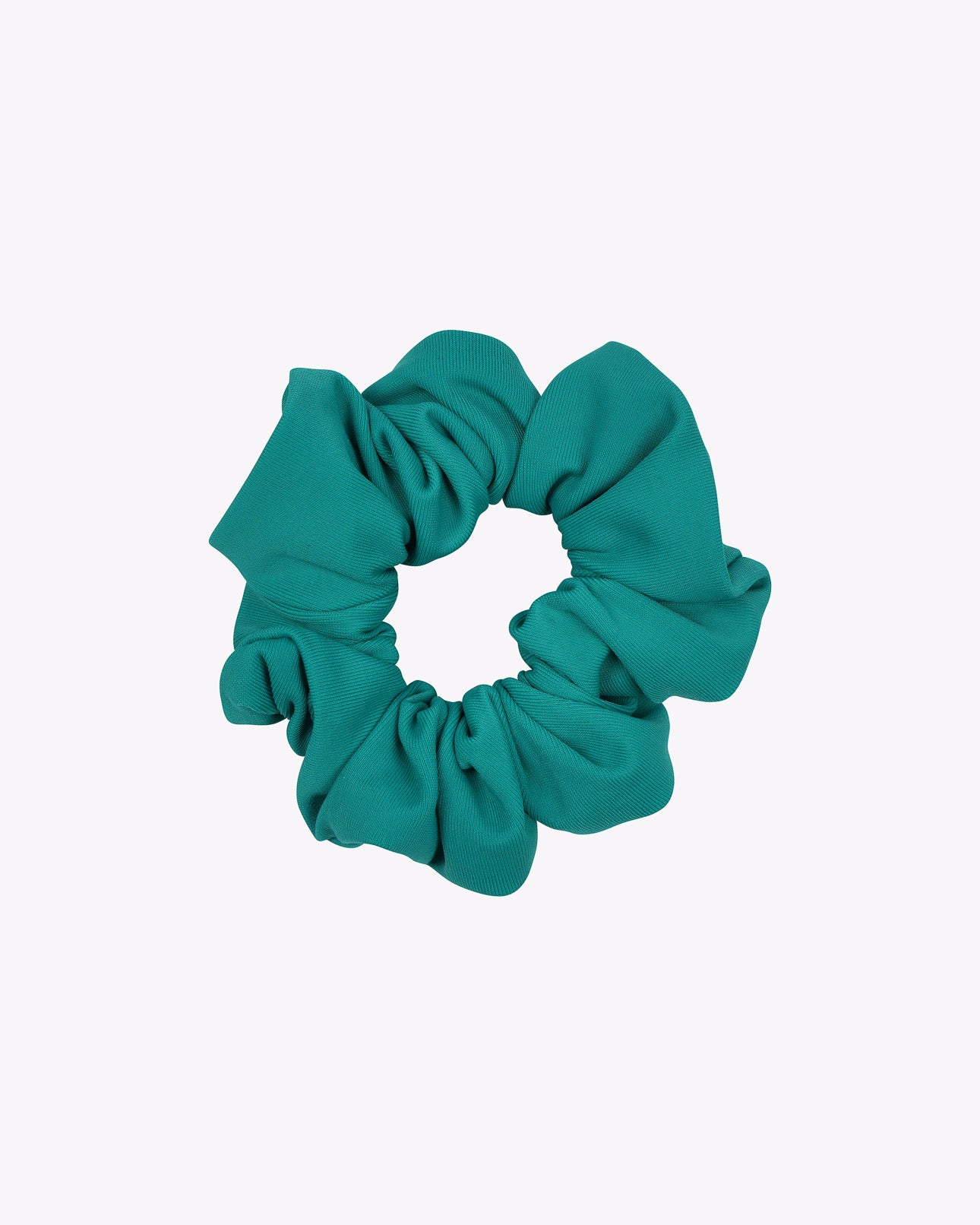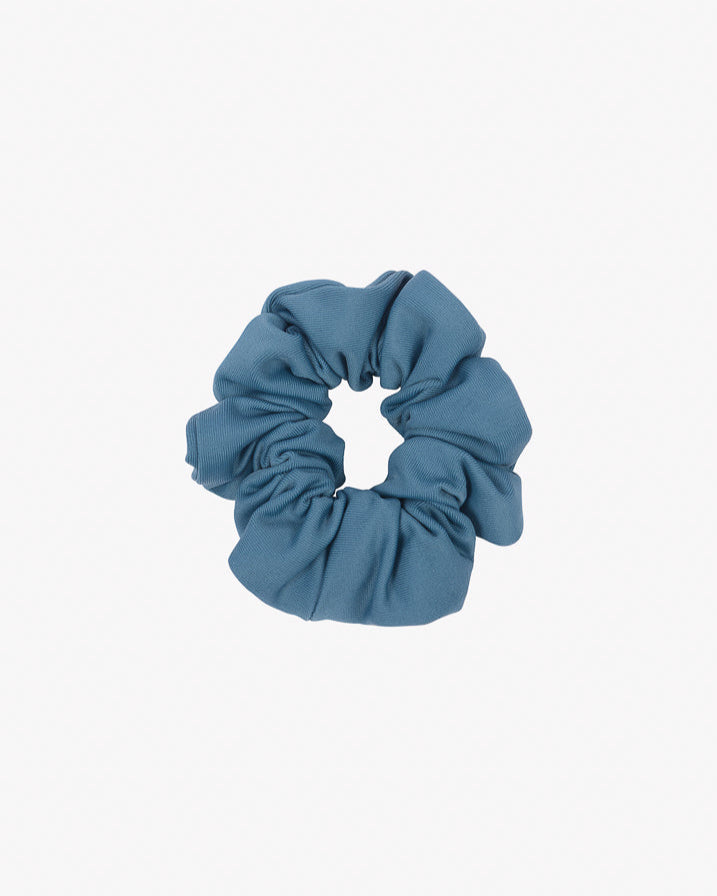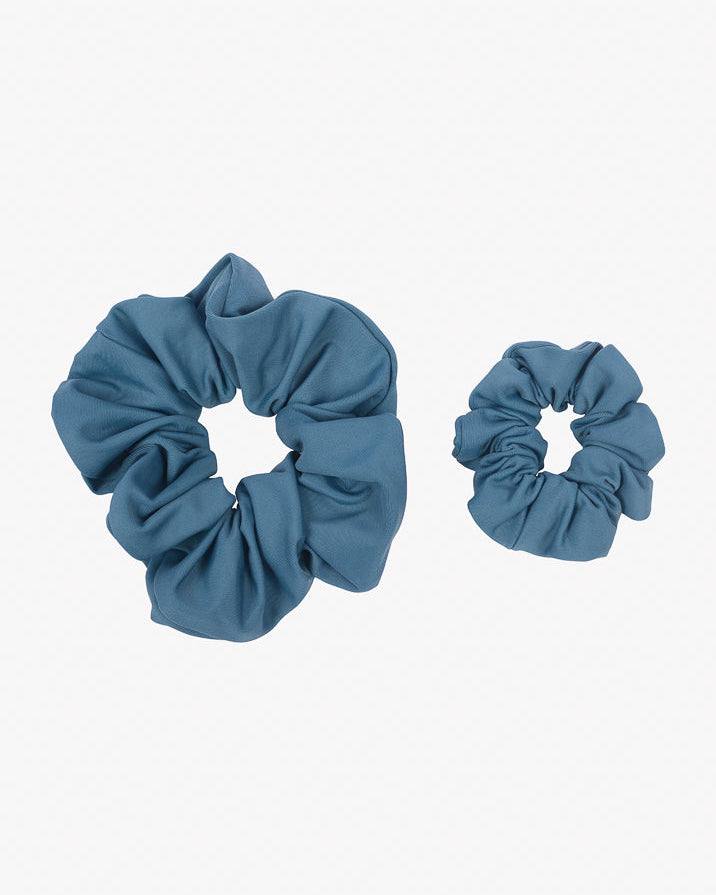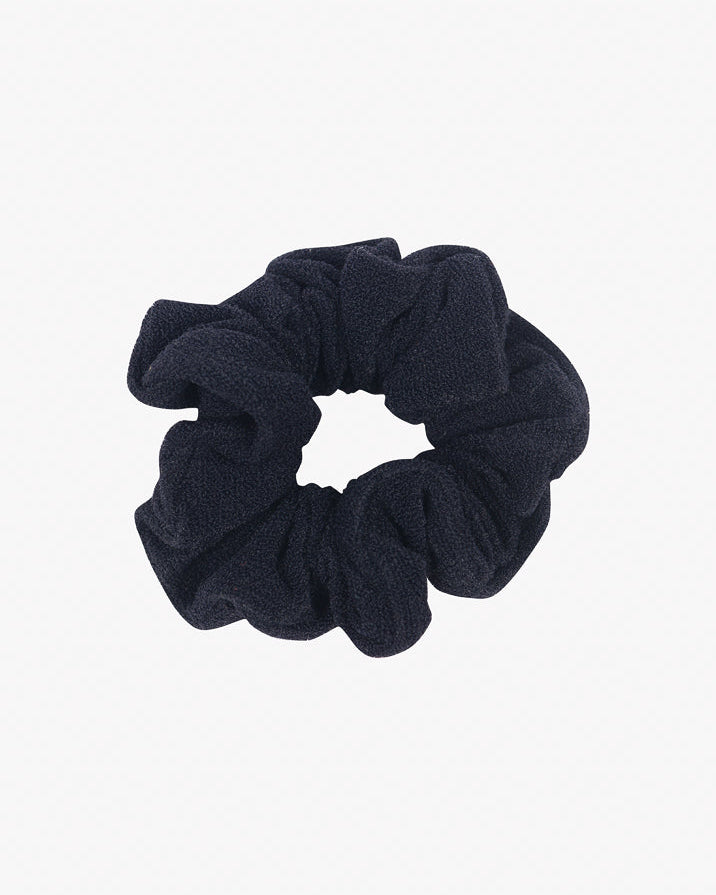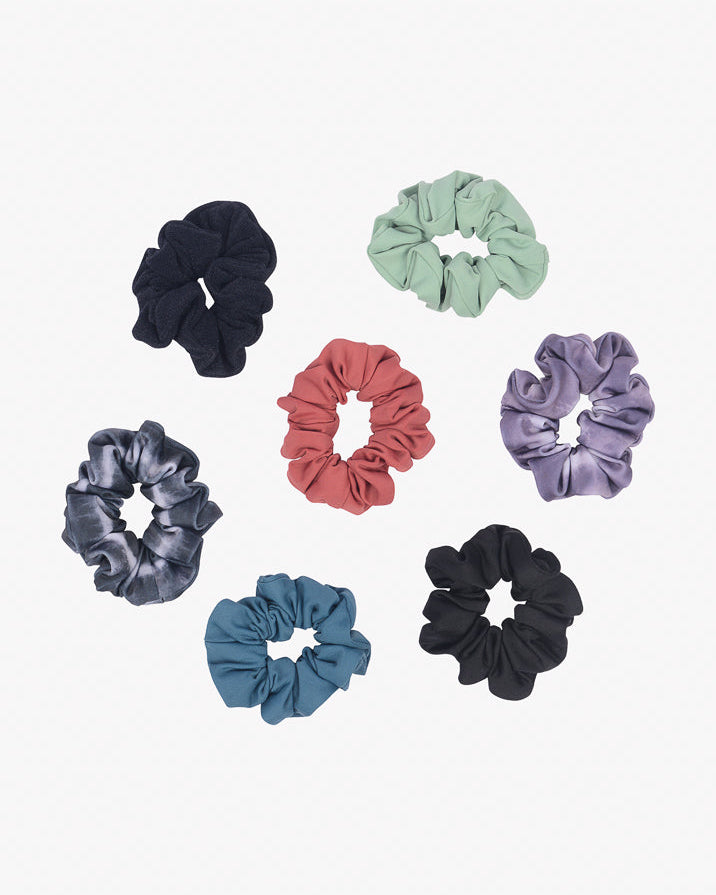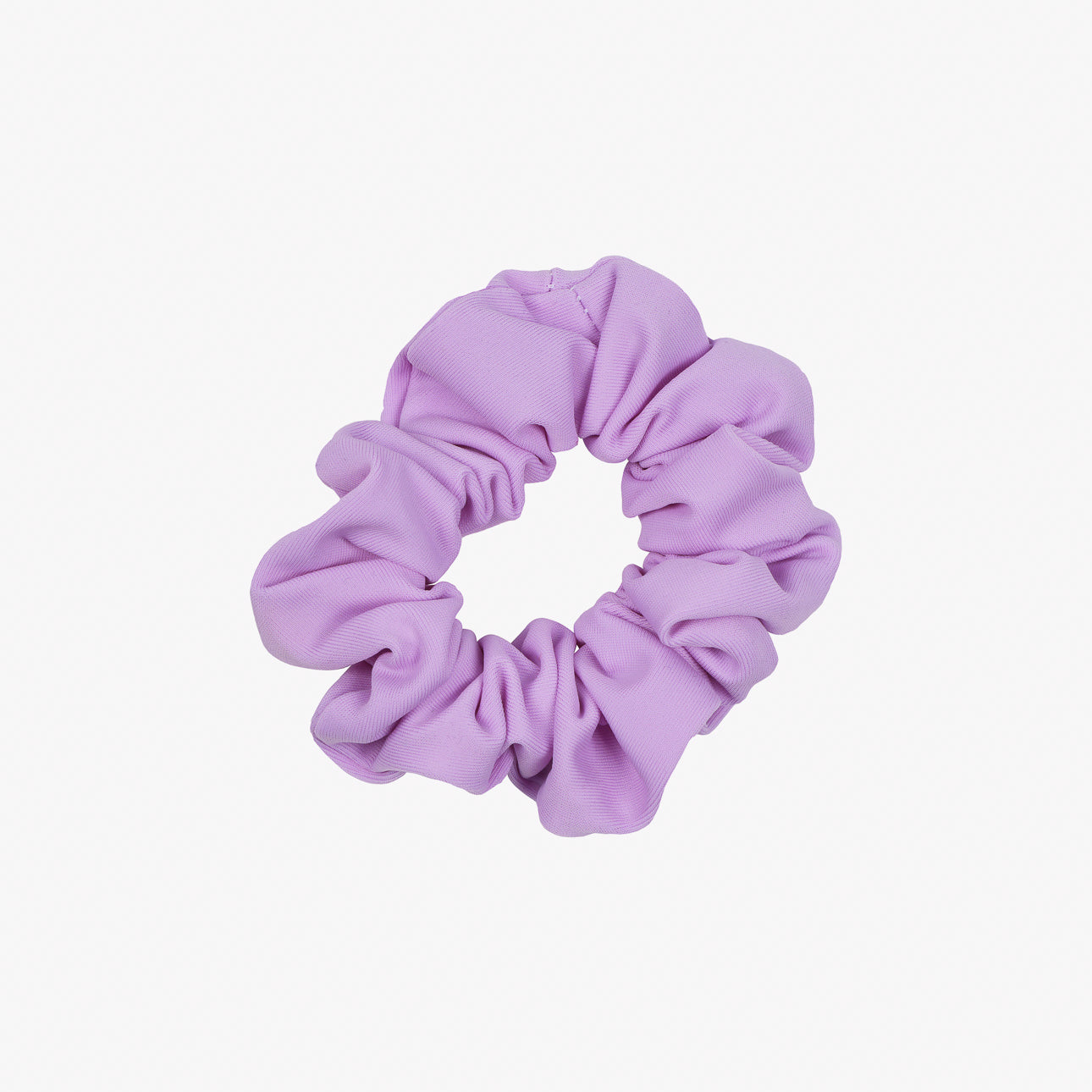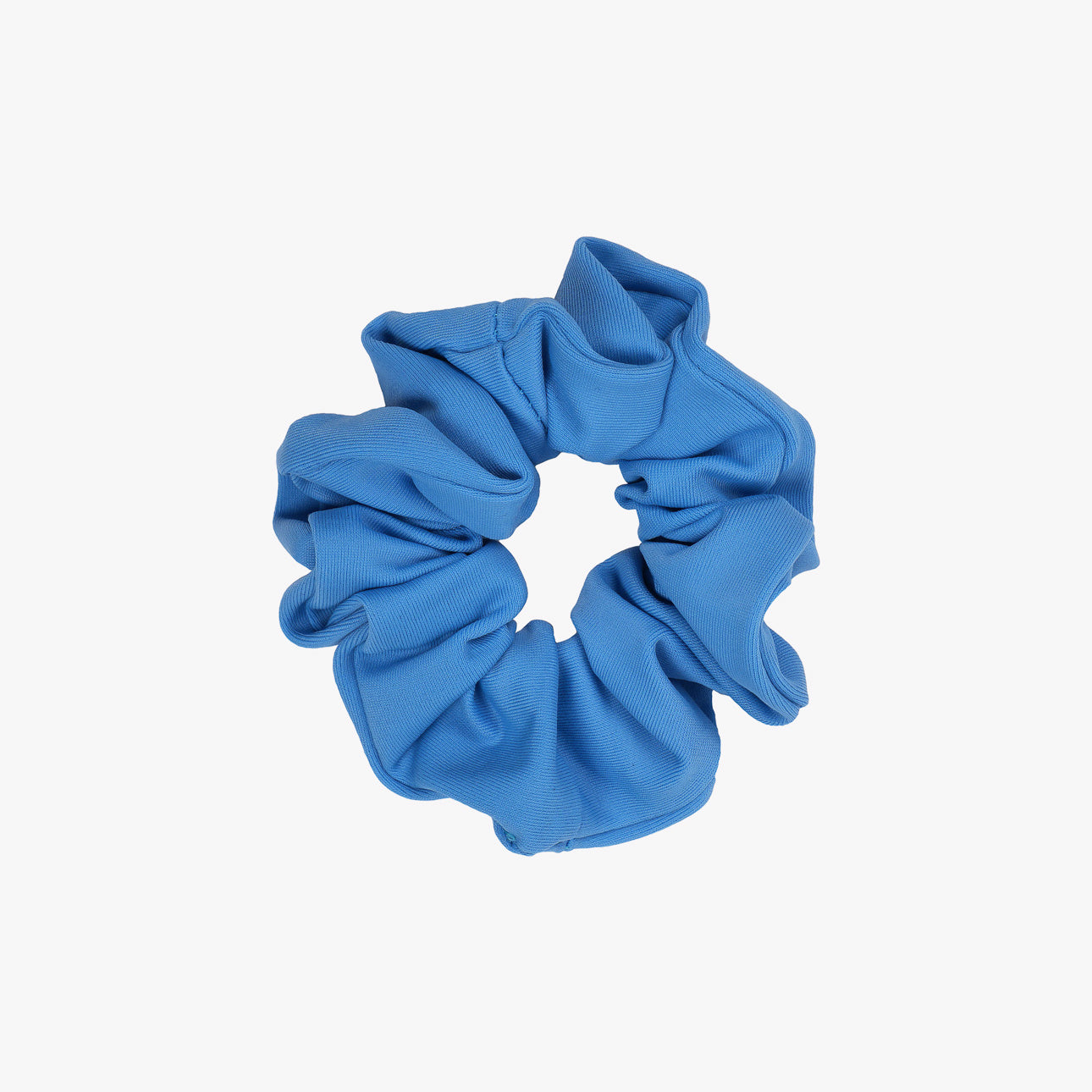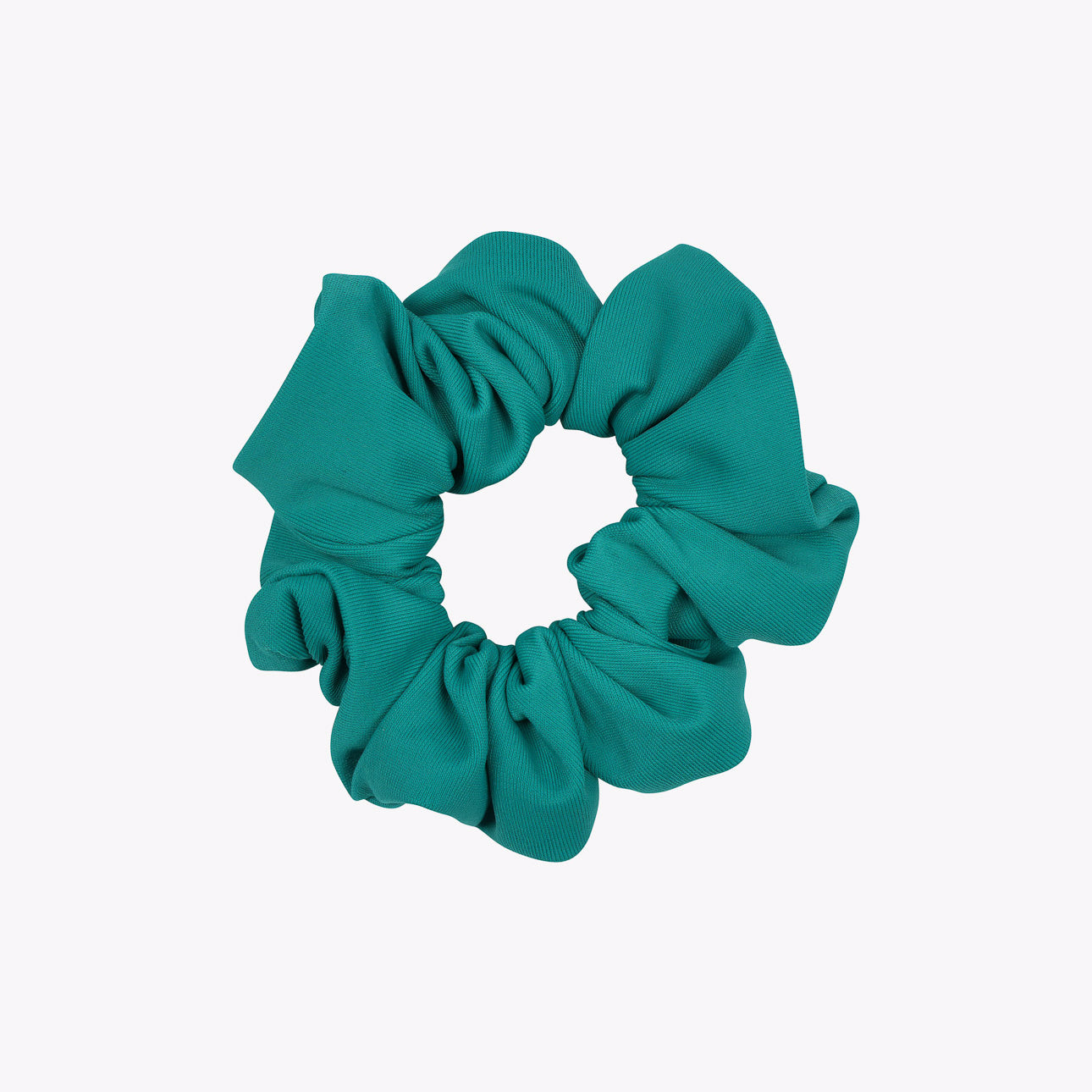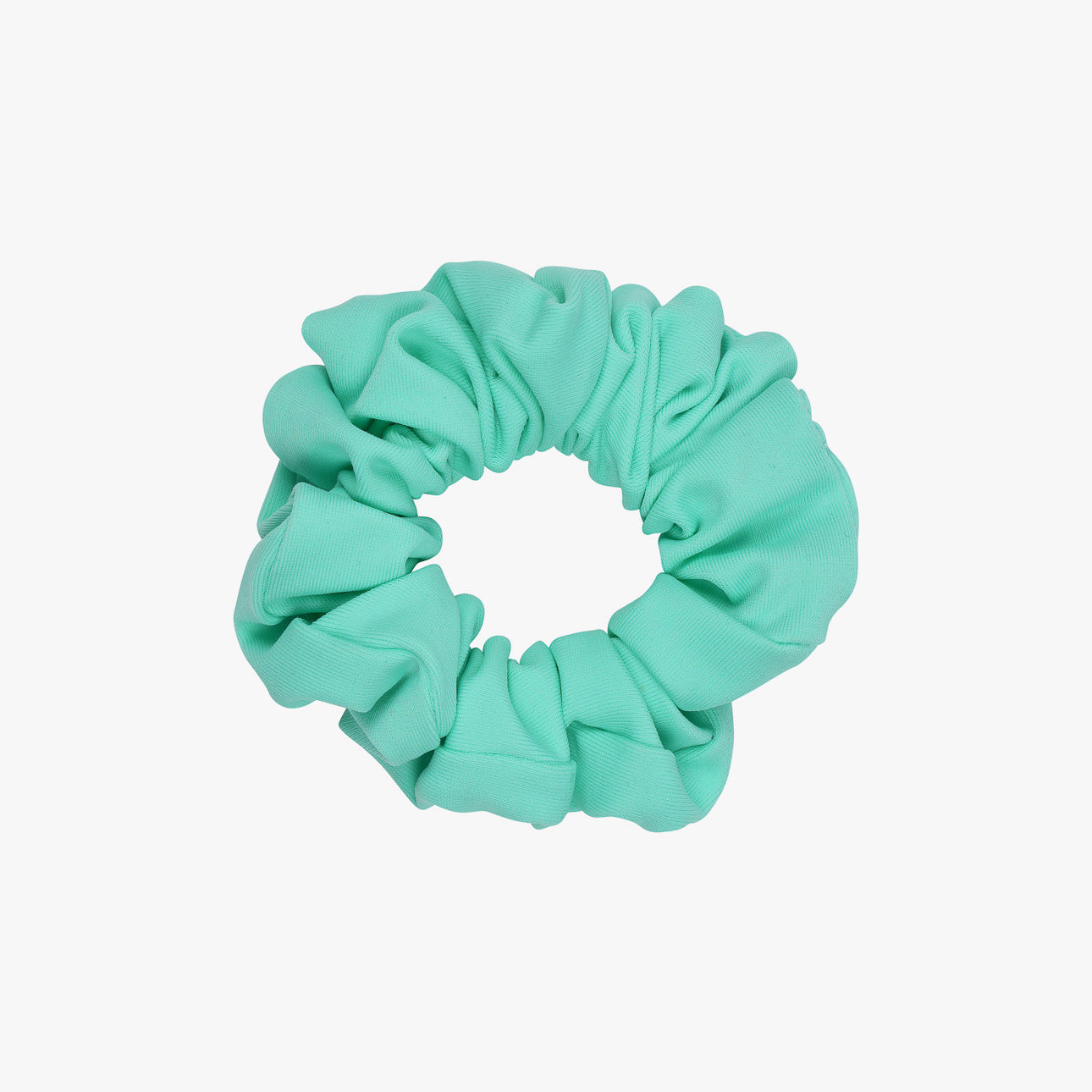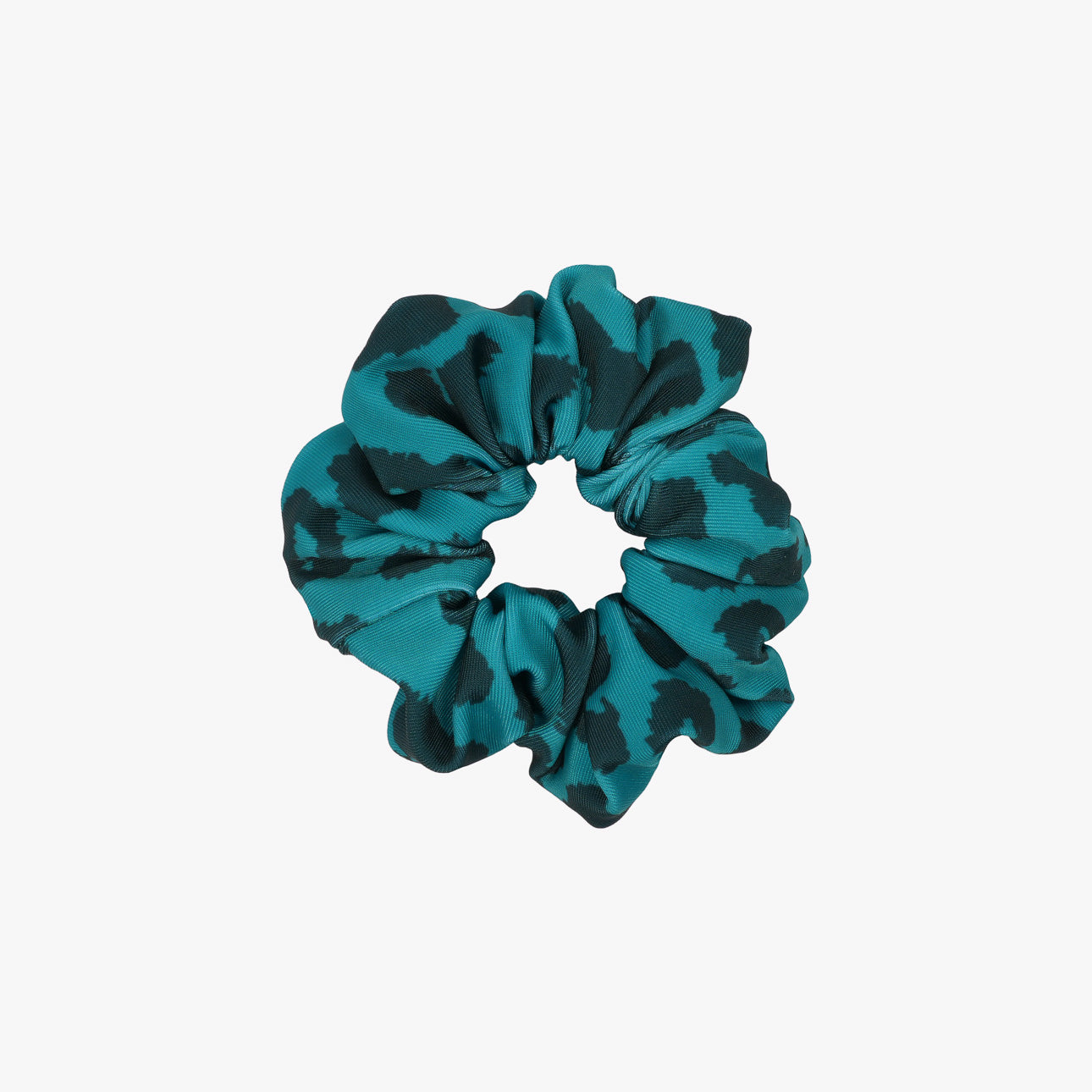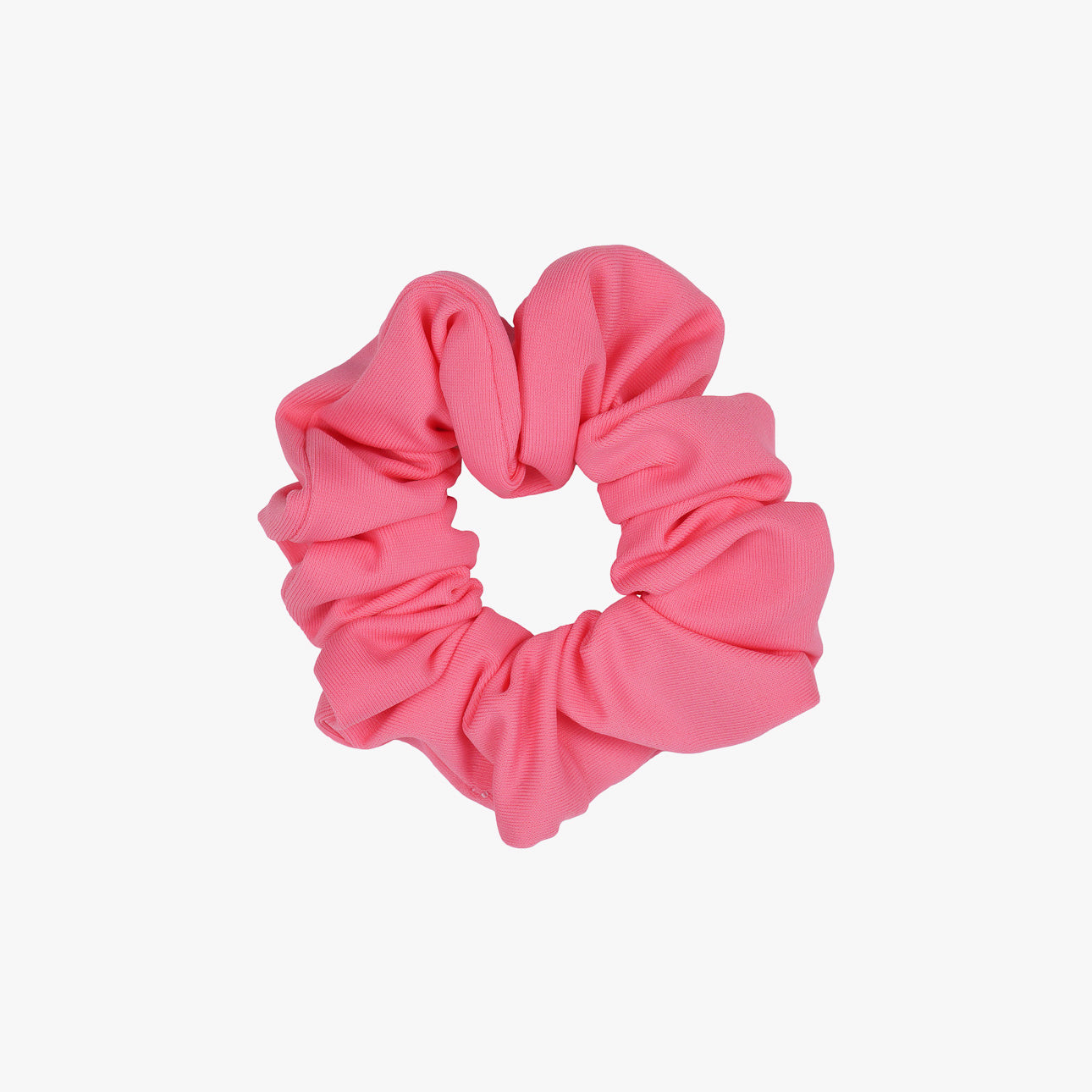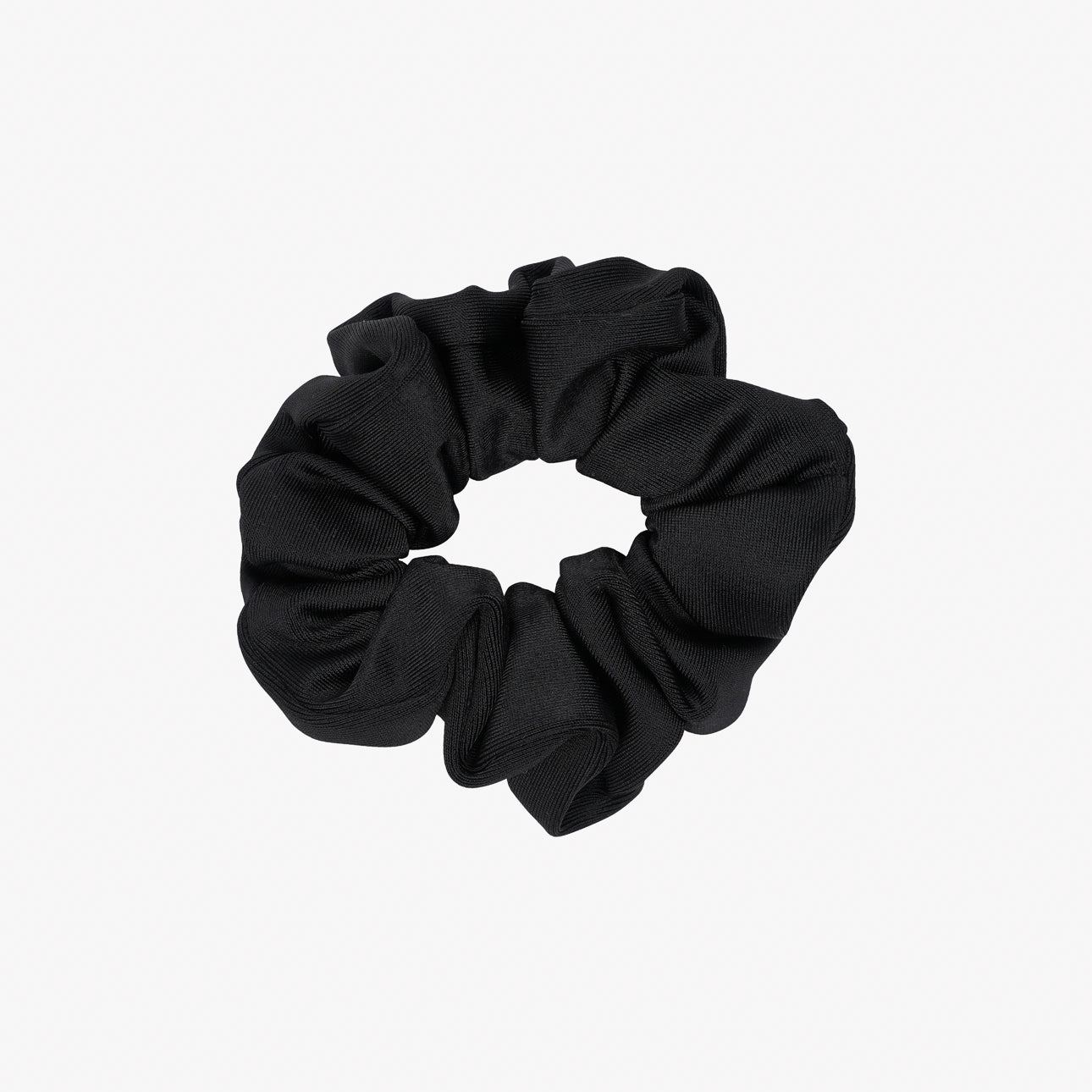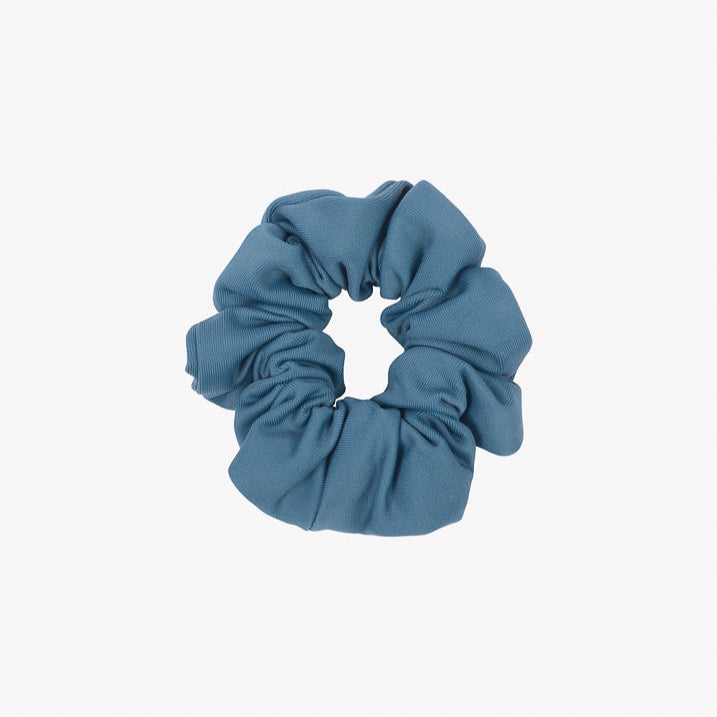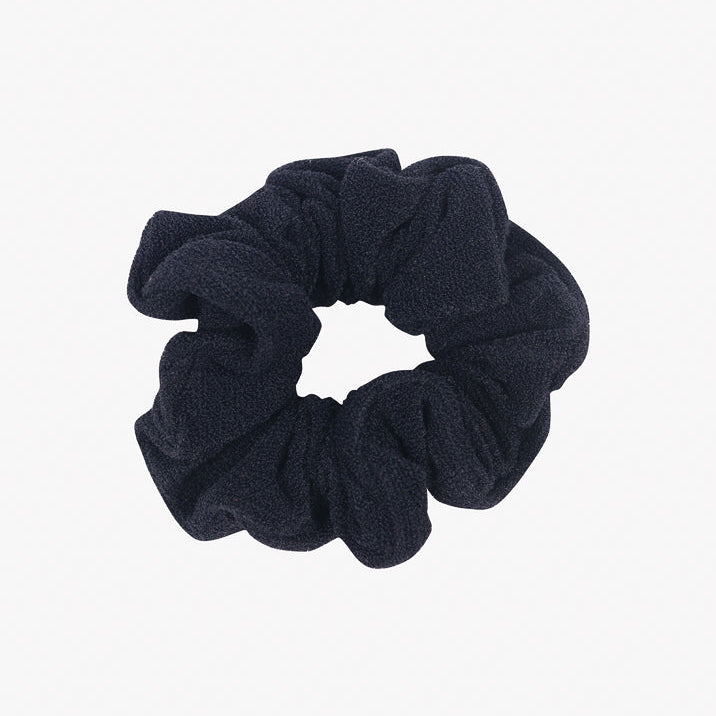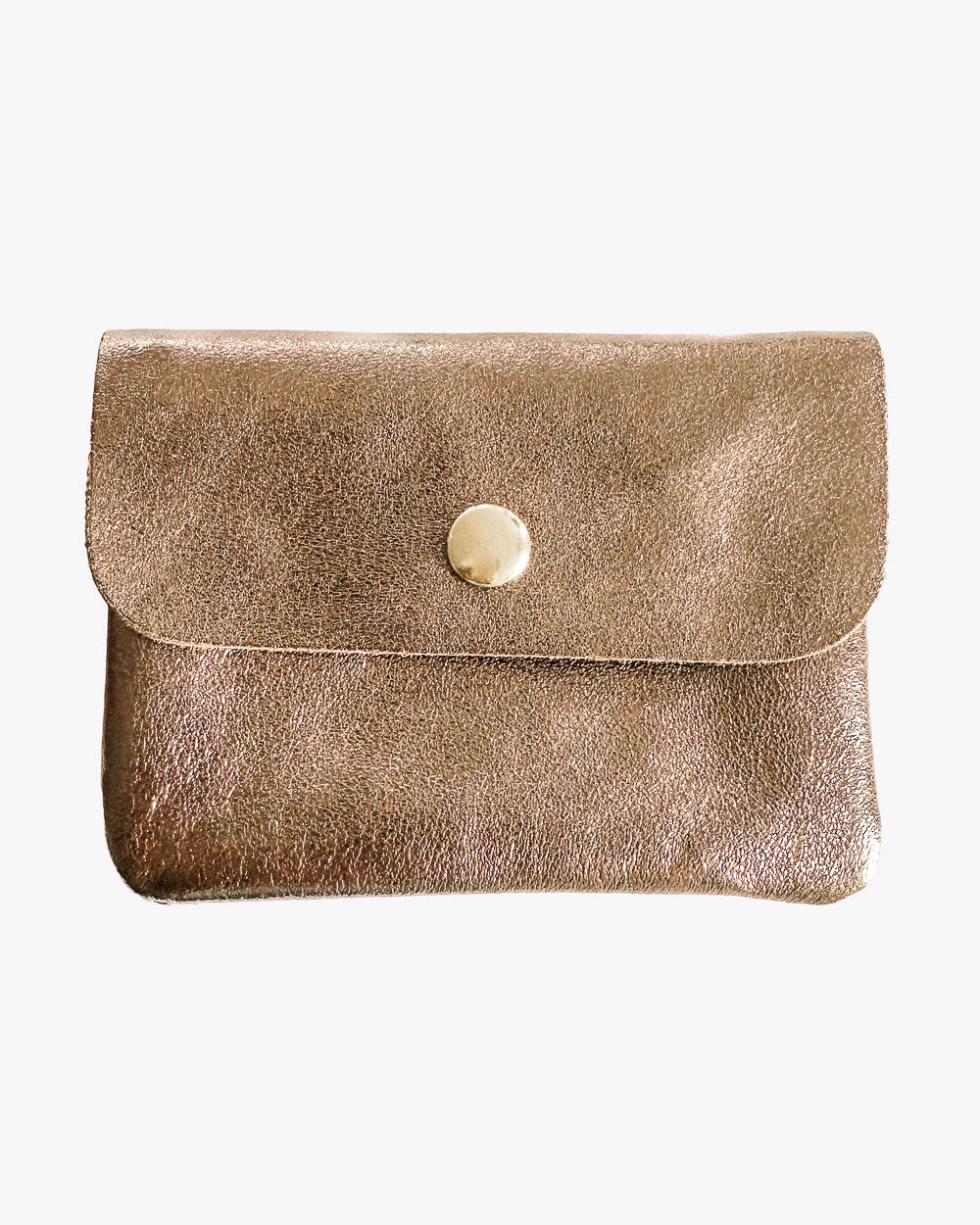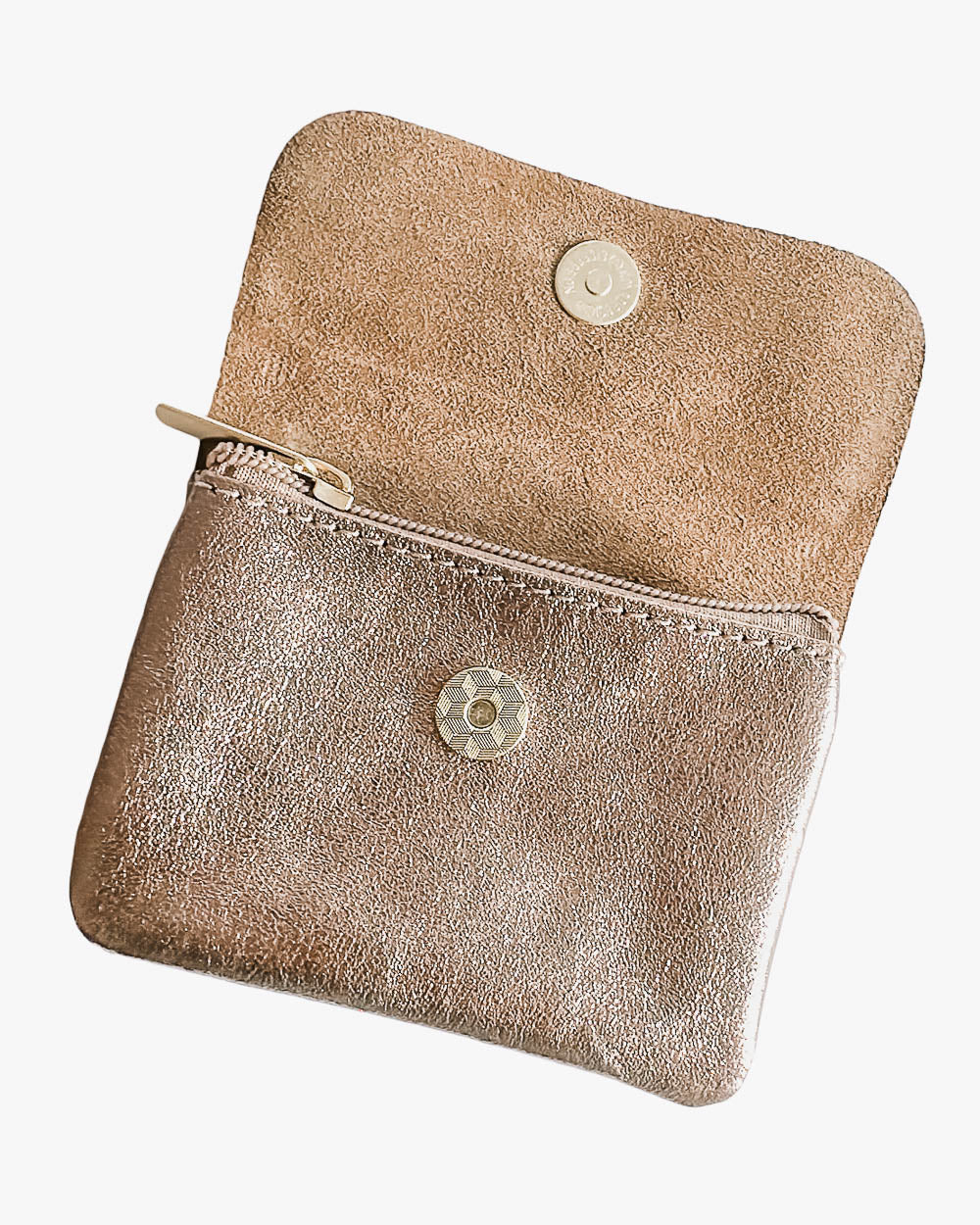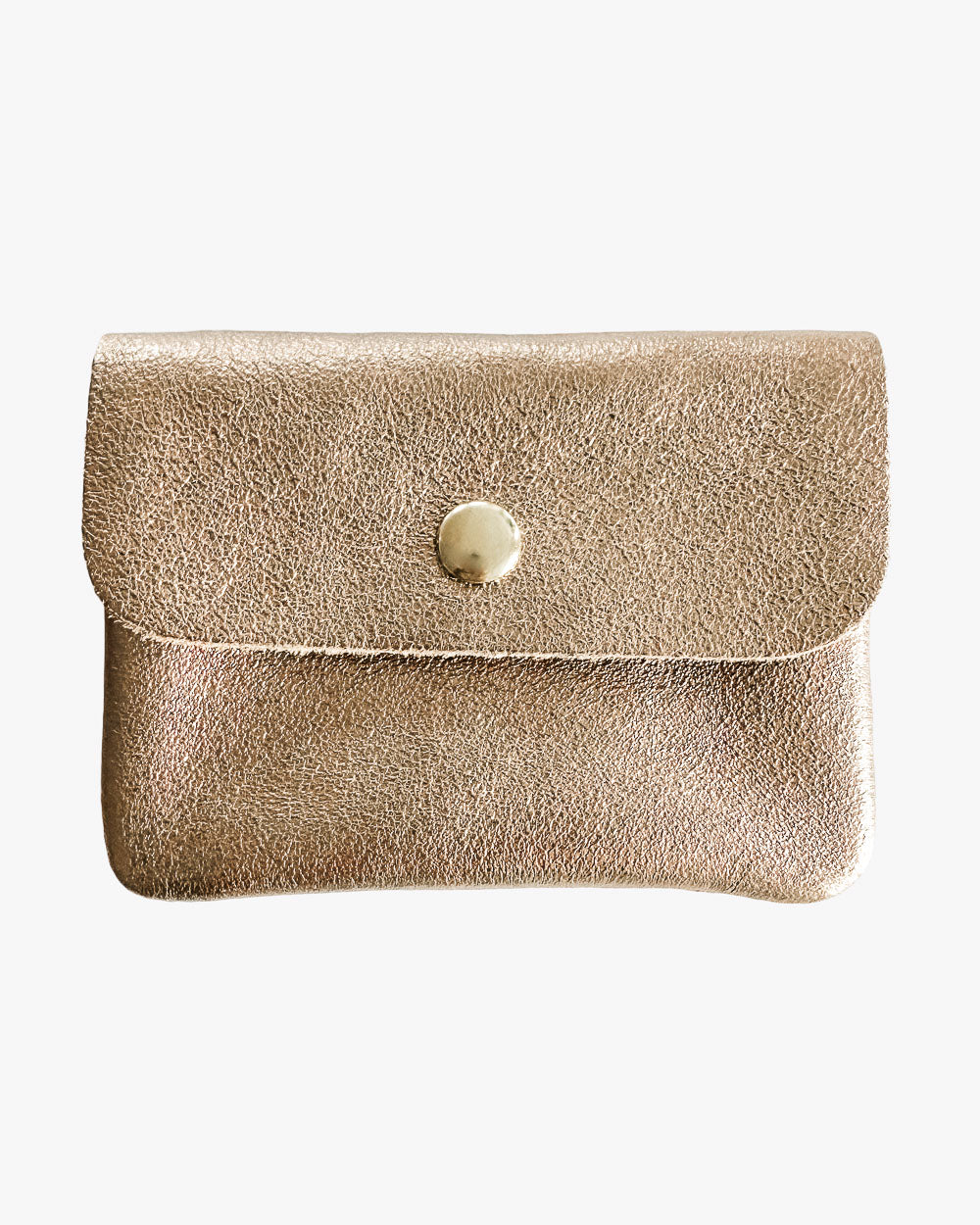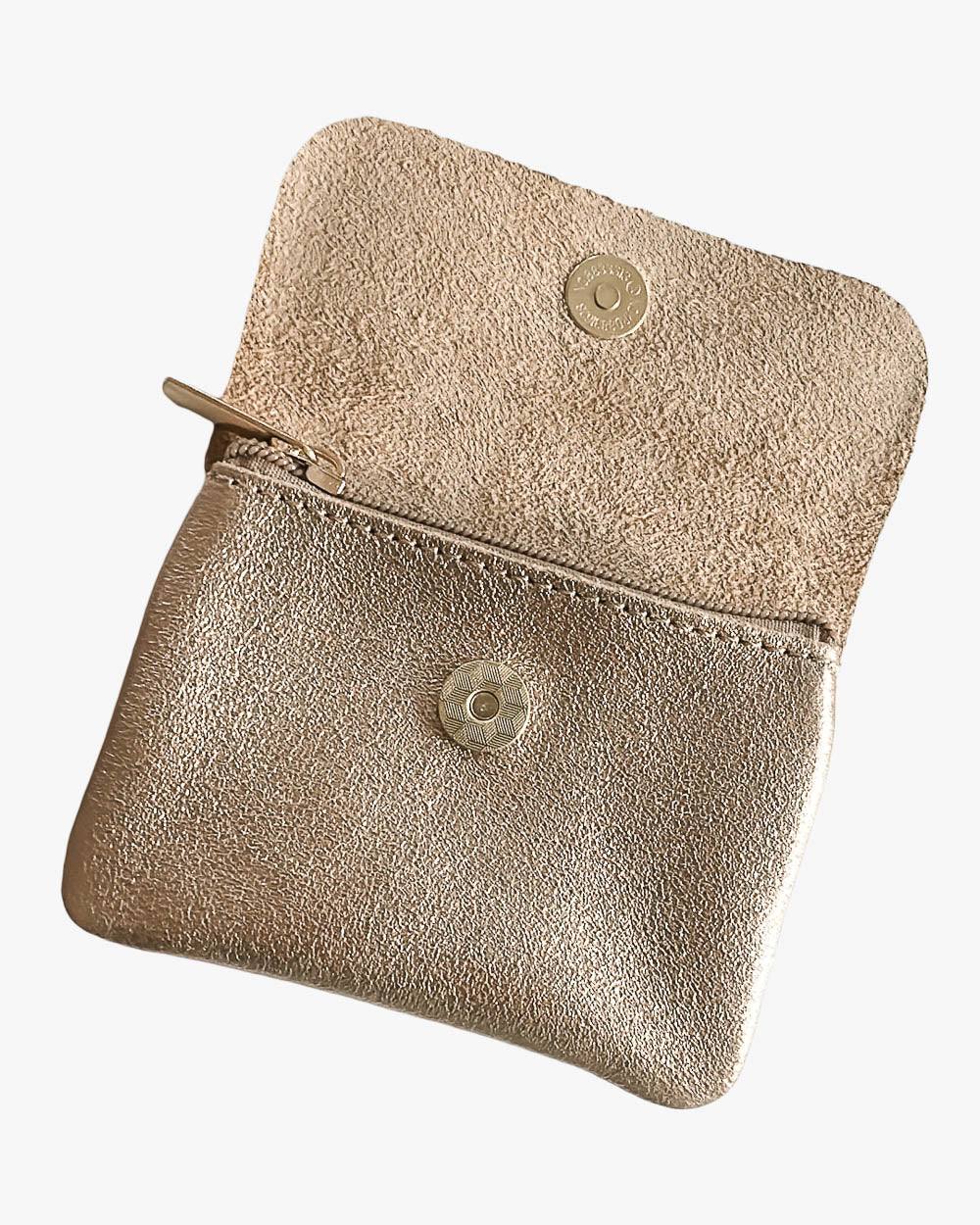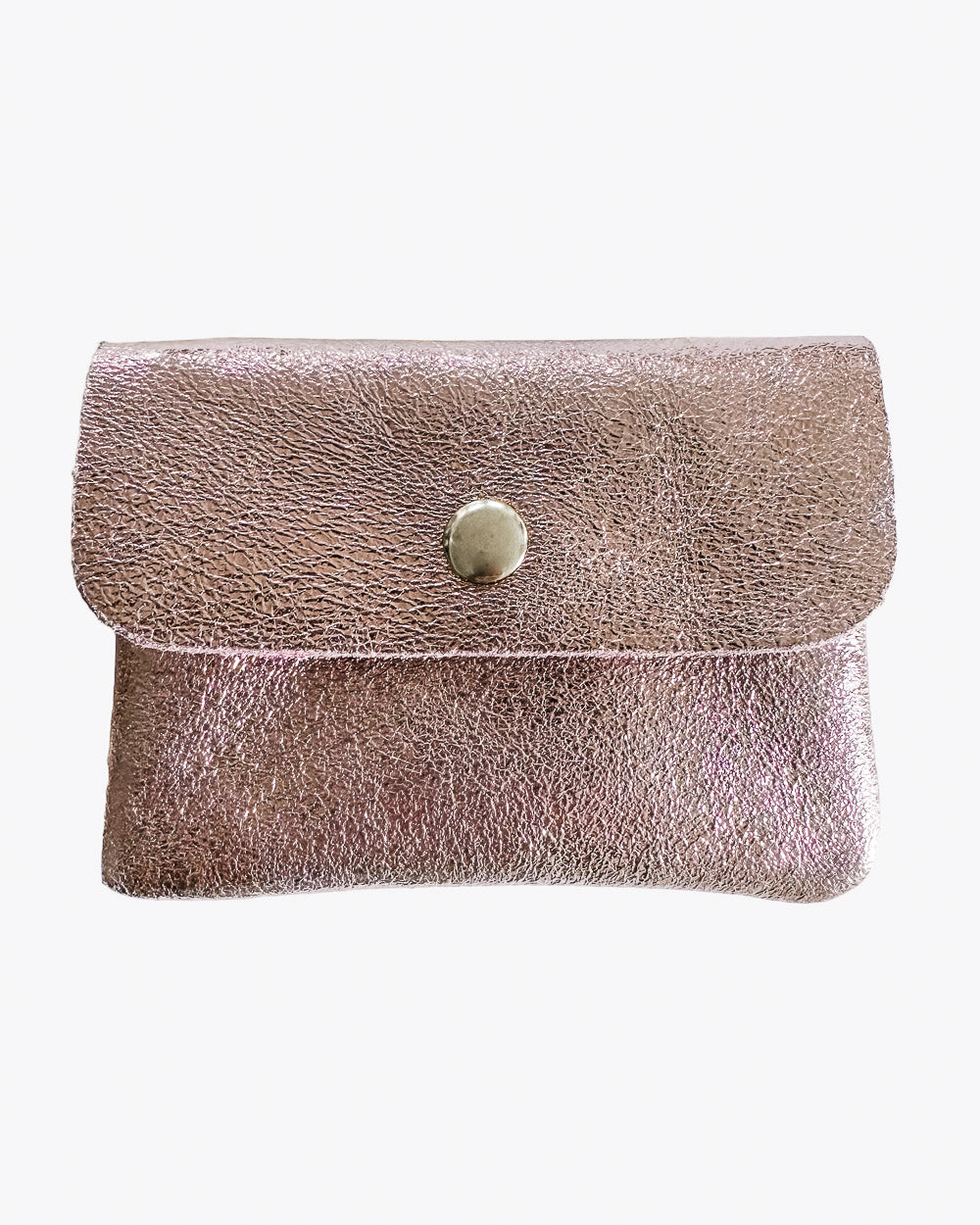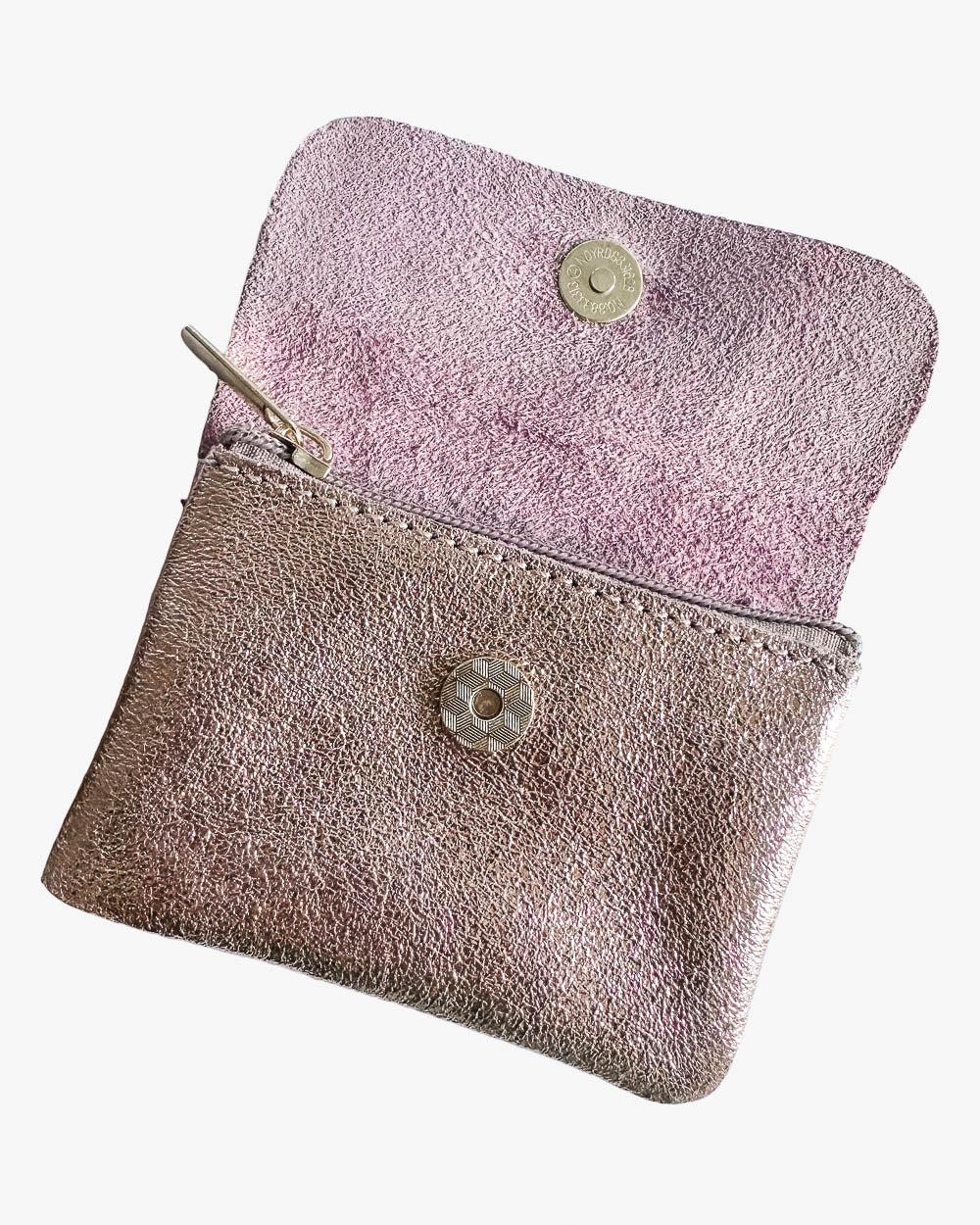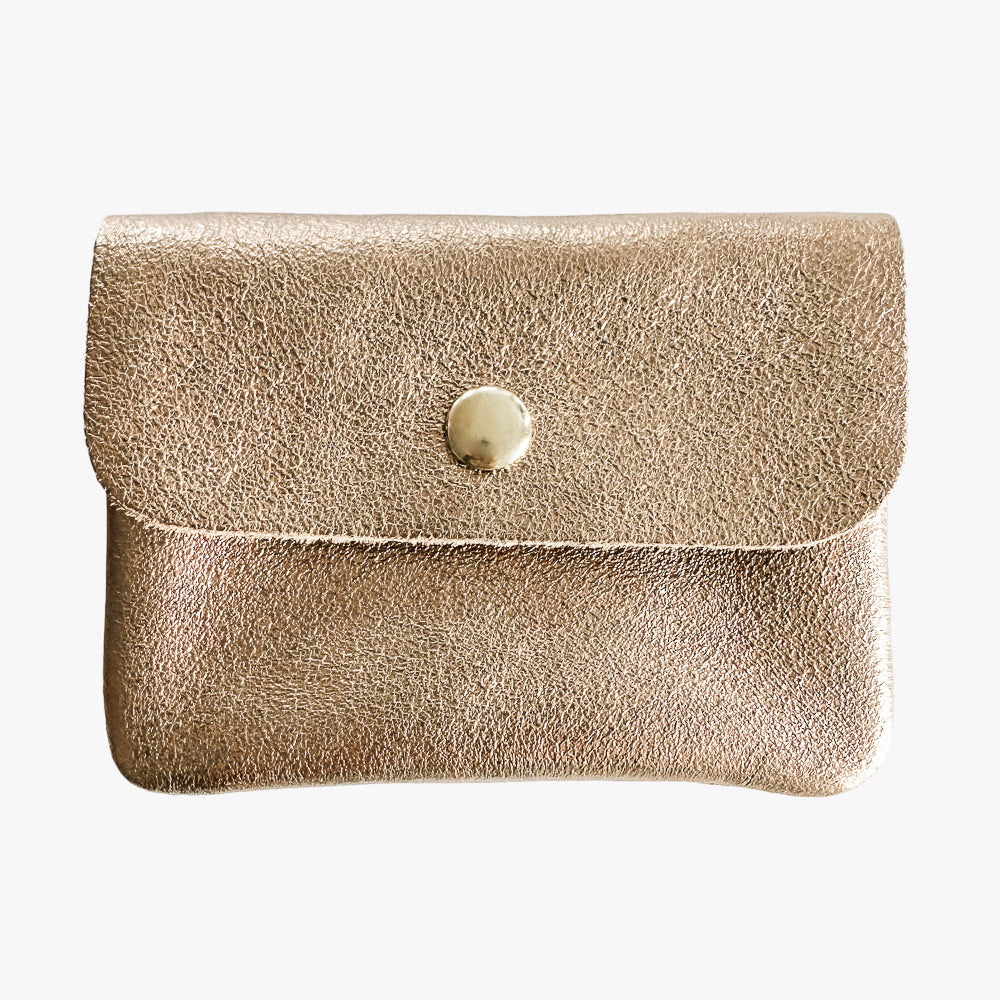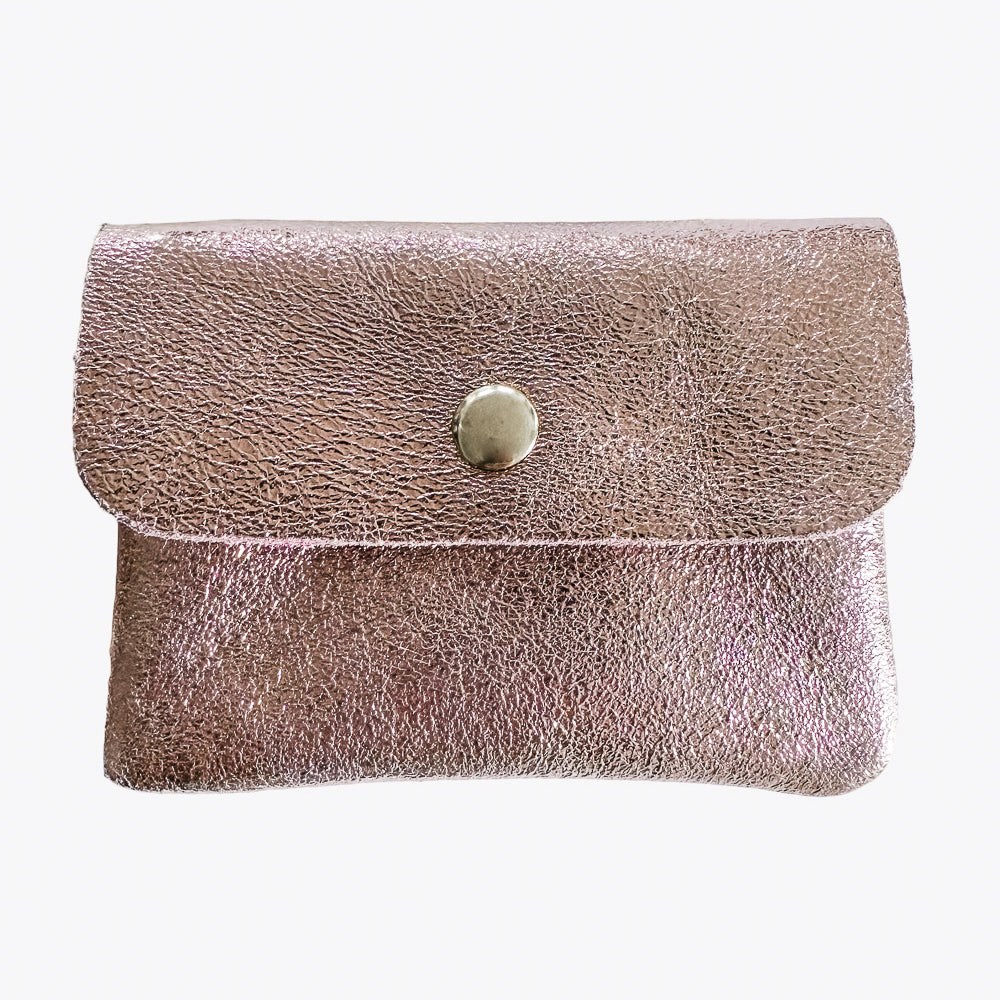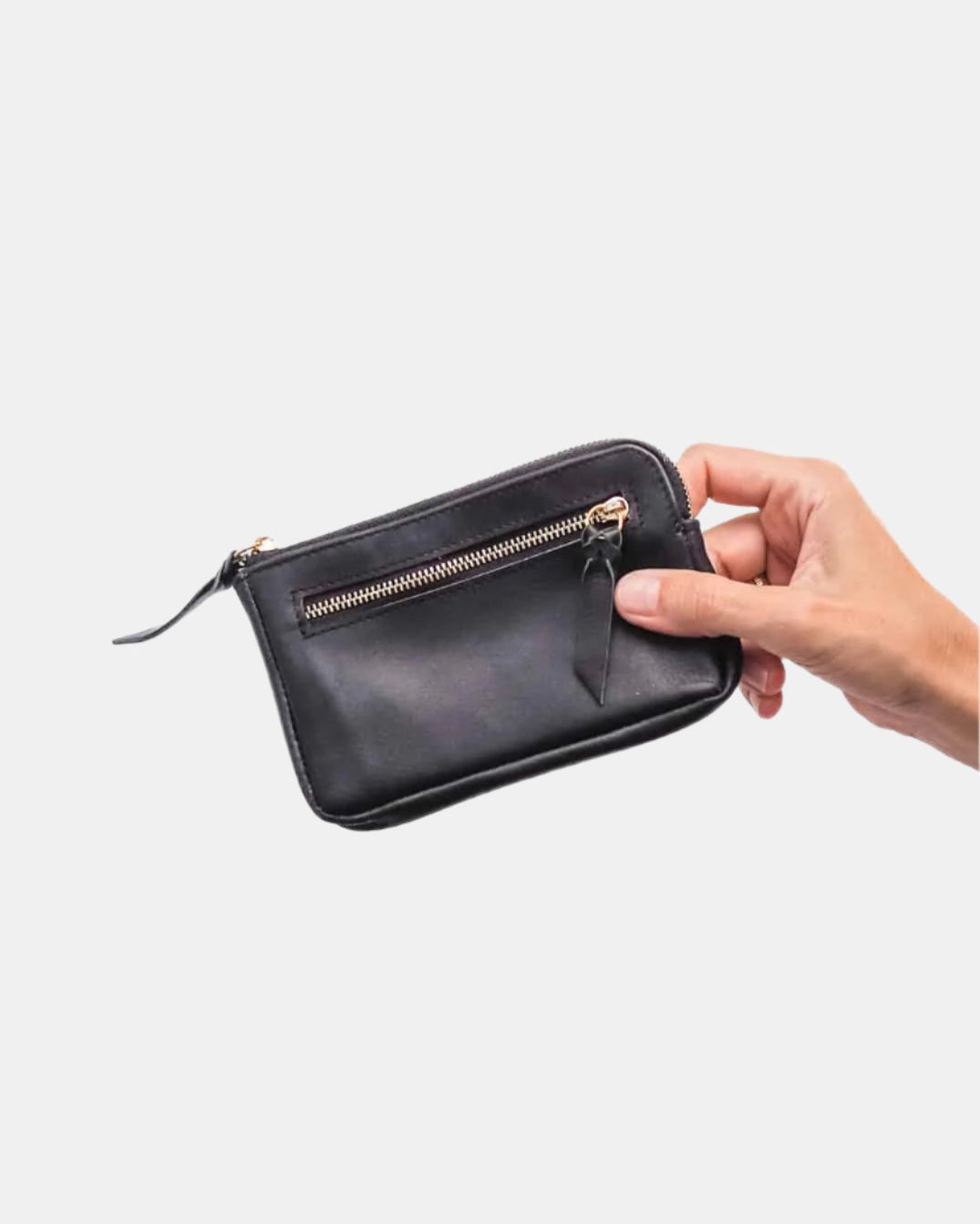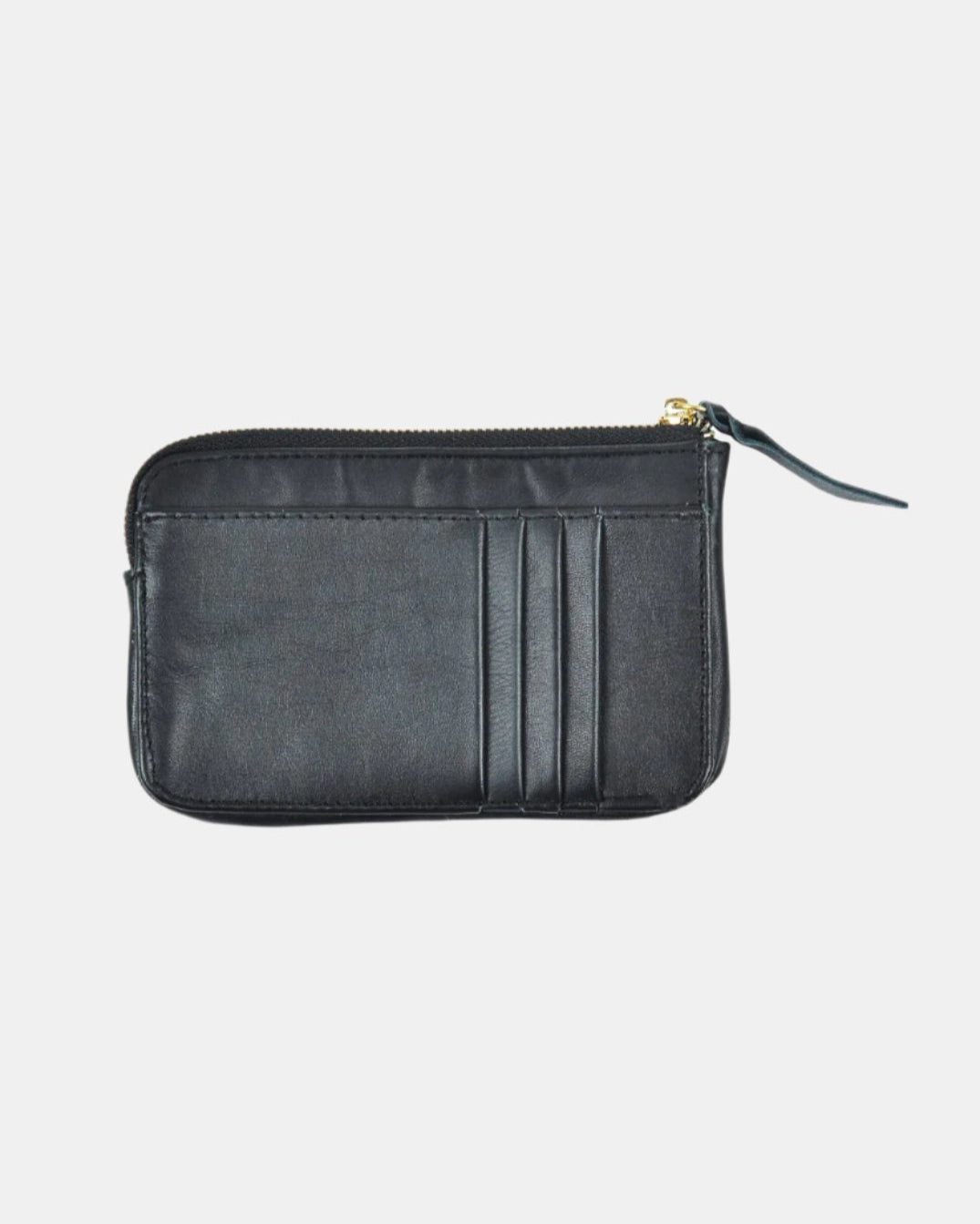Sustainable fashion is no longer a niche topic, but will decisively shape swimwear in 2025. A sustainable bikini today stands for more than just style — it signals active environmental awareness and a sense of responsibility.
Those who lead a sustainable lifestyle don't have to compromise on their beach outfit. This guide shows you how fashionable designs and sustainable production can be harmoniously combined.
Look forward to practical tips, in-depth background information, and inspiring brand recommendations. We'll explore materials, production processes, style trends, care, and brands, and give you specific shopping advice.
Join us and discover how buying a sustainable bikini not only improves your look but also positively impacts the environment.
What does "sustainable bikini" mean?
Sustainability is far more than just a buzzword in fashion. But what truly defines a "sustainable bikini"? At its core, it combines fashionable design with ecological and social responsibility. Sustainable bikinis are made from environmentally friendly materials, produced under fair conditions, and designed for longevity. Compared to conventional models, the focus of a sustainable bikini is not only on the look, but also on reducing resource consumption and pollutants. This results in swimwear that unites both style and environmental awareness.
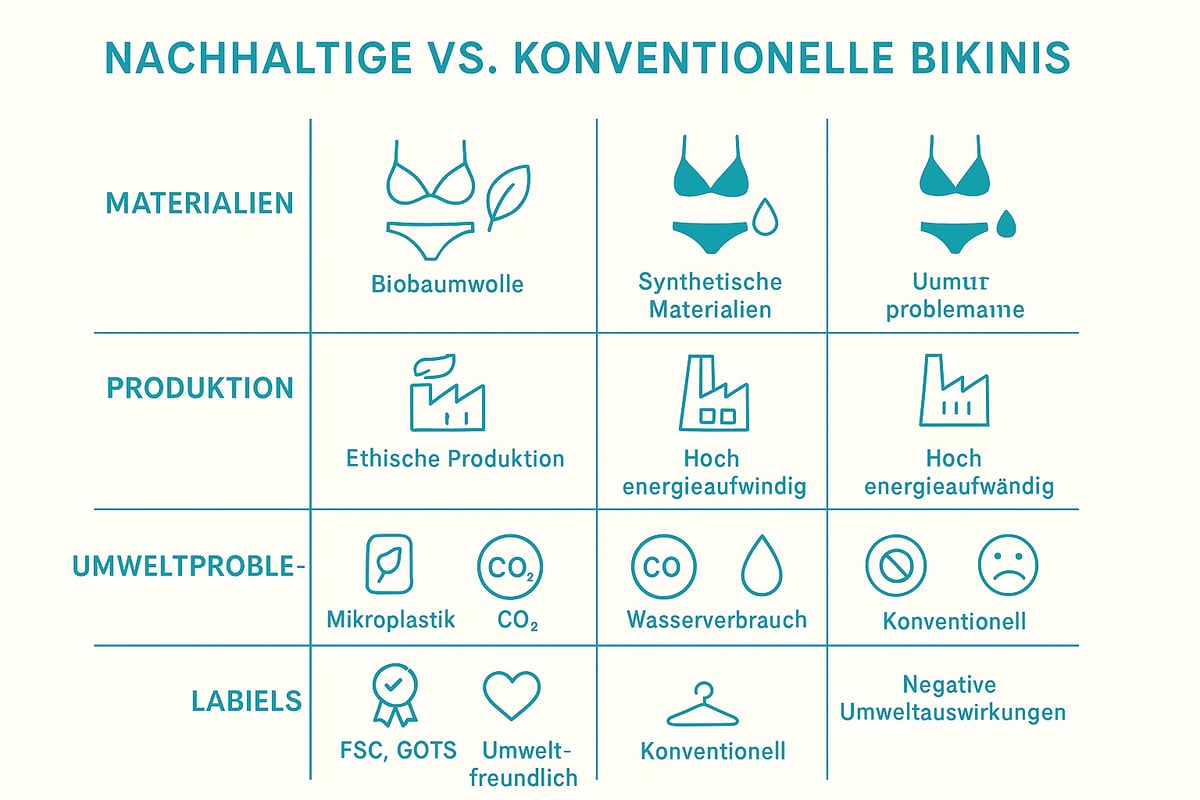
Definition and delimitation
A sustainable bikini is clearly different from conventional bikinis. While conventional models are often made from virgin plastic and manufactured under questionable conditions, a sustainable bikini relies on recycled or natural fabrics and fair working conditions. Durability also plays a major role: the goal is for a sustainable bikini to last for several seasons and not need to be replaced after just one summer.
The most important environmental problems of the swimwear industry
The production of swimwear puts a strain on the environment in numerous ways. The release of microplastics is particularly critical: according to UNEP, around 500,000 tons of microfibers enter the ocean every year. This is compounded by high water consumption and the use of chemicals. The fashion industry thus makes a significant contribution to ocean pollution, as evidenced by its own contribution to microplastics . A sustainable bikini specifically addresses these problems through material selection and innovative production methods.
Certifications and labels
How can you recognize a truly sustainable bikini? Various certificates and labels offer guidance:
| Label | Meaning | focus |
|---|---|---|
| GOTS | Organic textiles, fair production | Environment, Social |
| OEKO-TEX | Textiles tested for harmful substances | Health, environment |
| ECONYL® | Regenerated nylon | Recycling, resource conservation |
| Fair Trade | Fair working conditions | Social, Environment |
It's worth taking a look at these seals when buying a sustainable bikini.
Advantages of sustainable bikinis
A sustainable bikini offers many advantages:
- Conservation of resources and the environment
- Skin-friendly, low-pollutant materials
- Strengthening fair working conditions
- Longer durability and higher value
Choosing a sustainable bikini means making an active contribution to environmental protection and benefiting from better quality.
Challenges and limitations
Despite all the advantages, there are also challenges when it comes to sustainable bikinis:
- Higher price due to complex production
- Limited availability in some sizes or designs
- The danger of greenwashing: Not every "green" product delivers on its promises.
Those who want to consume consciously should therefore pay attention to transparency and genuine sustainability.
Materials for sustainable bikinis: Innovations & classics
Choosing the right materials is at the heart of a truly sustainable bikini concept. Modern labels are increasingly focusing on innovative fabrics that are kind to the environment and skin while setting trends. Anyone looking for a sustainable bikini should pay attention not only to the design, but above all to the origin and properties of the materials. The following presents innovations and classics that will make a difference in 2025.

Focus on recycled materials
Recycled fabrics are at the heart of many sustainable bikini collections. ECONYL®, a regenerated nylon made from old fishing nets and industrial waste, is particularly in demand. Studies show that producing ECONYL® saves up to 90 percent CO₂ compared to conventional nylon.
Recycled polyester, made from PET bottles, is also becoming increasingly popular. Both materials offer high durability and can be dyed in a variety of colors. They form the basis for a sustainable and long-lasting bikini.
Anyone wanting to learn more about material innovations and production processes will find a comprehensive overview of current standards and certifications under Sustainability at MAIN Design .
Natural and biodegradable materials
In addition to recycled synthetic fibers, sustainable labels are increasingly relying on natural alternatives. Organic cotton impresses with its skin-friendliness and low pesticide use. Hemp scores points for its durability and natural UV protection, while lyocell is produced from wood fibers in a resource-efficient manner.
These materials are biodegradable and are a good addition to a sustainable bikini. However, they are less elastic and dry more slowly than synthetic fabrics when used in swimwear.
A comparison:
| material | Advantage | Disadvantage |
|---|---|---|
| organic cotton | Skin-friendly | Low elasticity |
| hemp | Very robust, UV protection | Dries slowly |
| Lyocell | Resource-saving | Less elastic |
Material properties: comfort, durability, UV protection
The requirements for a sustainable bikini are high. The material must not only be sustainable but also functional. Modern recycled fabrics like ECONYL® offer a smooth, pleasant feel and are resistant to chlorine and salt water.
Natural fibers score points for breathability and skin compatibility. UV protection is already integrated into many materials, providing additional protection for the skin. Crucially, comfort and durability go hand in hand with ecological responsibility.
Challenges with sustainable materials
Despite all the innovations, sustainable materials still face challenges. Elasticity and fit, in particular, pose a hurdle compared to traditional synthetic fibers. Many natural fabrics are less stretchy, which can restrict freedom of movement.
The longer drying time and increased care requirements should also be considered. A sustainable bikini needs careful maintenance to preserve its quality and shape. Nevertheless, the investment in durable materials that are gentle on the environment and skin is worthwhile.
Future trends: New developments for 2025
Materials research is progressing rapidly. Bio-based plastics are emerging as a promising alternative for 2025. They are derived from plant-based raw materials and can be recycled more effectively at the end of their product life cycle.
Innovative recycling processes and collaborations with environmental initiatives are driving development forward. This creates ever more opportunities to make the sustainable bikini even more sustainable and versatile. The future of swimwear remains exciting and green.
Stylish Trends 2025: Sustainable Bikini Designs
Sustainability and fashionable style are not mutually exclusive – on the contrary, the sustainable bikini in 2025 represents a conscious lifestyle that combines style and the environment. Current trends show that sustainable swimwear offers more individuality, variety, and quality than ever before.

Color palettes and patterns
The color trends for sustainable bikini models in 2025 are strongly inspired by natural elements. Earth tones like sand, terracotta, and olive create a calm, timeless look. Sea colors such as turquoise, blue, and petrol evoke the ocean and convey a sense of freshness.
Minimalist prints, such as subtle stripes or graphic patterns, are also popular. According to industry forecasts, pastel colors are among the season's highlights. The wide selection of colors and patterns makes it possible to find a sustainable bikini that highlights personality and style.
Cuts and fits for every body type
The focus with sustainable bikinis is on fit. In 2025, high-waisted briefs, triangle tops, and sporty bralette styles will be in vogue. This variety ensures that every figure can find its perfect fit.
Many brands offer a range of sizes and focus on flexible designs. If you're unsure, you can use the bikini fit guide to determine the best fit for your sustainable bikini. This way, sustainability is combined with comfort and confidence.
Details and extras
Sustainable bikini designs will impress in 2025 with clever extras. Reversible models, which offer different looks in one, are particularly in demand. Mix & match allows tops and bottoms to be combined individually.
Multifunctional styles, such as bikini tops that can also be worn as sports bralettes, are another highlight. The look is complemented by sustainable accessories like pareos, kimonos, and bags, which round off the outfit and reinforce the eco-friendly message.
Influence of social media and celebrities
The popularity of sustainable bikinis is significantly influenced by social media and celebrities. On Instagram and TikTok, influencers and well-known personalities like Hailey Bieber and Emily Ratajkowski specifically feature sustainable swimwear and inspire millions.
Brands use these platforms to showcase innovative designs and sustainable values. The reach ensures that sustainable bikinis become a staple in modern summer wardrobes.
Style advice: Finding your own sustainable look
A sustainable bikini can be styled in many different ways. When choosing a color, it's advisable to consider your skin undertone and hair color. Pastel and earth tones harmonize particularly well with various complexions.
Combine different tops and bottoms to emphasize your individual style. Accessories such as kimonos or bags complete the outfit. This creates a sustainable look that combines personality and environmental awareness.
Sustainable bikini brands compared
The selection of sustainable bikini brands is constantly growing. But how do you find the right label that truly delivers on its promises? Below, we compare criteria, international pioneers, innovative start-ups, and offer tips for conscious purchasing. This way, your next sustainable bikini will be not only a fashion statement, but also an environmental one.

Selection criteria for recommended brands
When buying a sustainable bikini, there are a few criteria to pay particular attention to. Transparency is essential: Does the brand openly provide information about materials and production locations? The selection of sustainable fabrics such as ECONYL or recycled polyester speaks to genuine environmental awareness.
Fair working conditions and social commitment are also important indicators of a responsible brand. Additionally, look for certifications such as GOTS, OEKO-TEX, or Fair Trade. Clear communication of these aspects builds trust and helps avoid greenwashing.
International pioneers
The international swimwear industry offers numerous brands committed to sustainable bikinis. In Europe, labels like "Essentials for Zula" focus on recycled fabrics and fair production. Australian brands like "Spell" and US labels like "Vitamin A" are known for innovative designs and sustainable materials.
These companies often collaborate with environmental initiatives, which underscores the added value of a sustainable bikini. They invest in research and development to make the swimwear of the future even more environmentally friendly.
Innovative start-ups and small labels
Alongside established brands, young start-ups are gaining importance. Many focus on upcycling, zero waste, or particularly short supply chains. They often offer creative solutions, such as bikinis made from fabric scraps or multifunctional designs that are versatile.
Buying a sustainable bikini from such labels promotes innovation and supports small businesses that are passionately working on new concepts. In this way, sustainability becomes a creative experience and a matter of personal style.
Value for money & quality
A sustainable bikini often costs more than conventional models. However, the price reflects the high-quality materials, fair wages, and environmentally friendly production. Those who invest in a sustainable bikini often benefit from greater durability and improved comfort.
A sustainable bikini is therefore not only an investment in style, but also in quality and the environment. Sustainability pays off in the long run, as fewer replacement purchases are needed and the lifespan of the bikini increases.
MAIN Design: Stylish, sustainable & committed
MAIN Design is an outstanding example of how sustainable swimwear and modern design can merge. The brand uses recycled materials, focuses on minimalist design, and is actively committed to protecting the oceans.
By supporting Healthy Seas, donations are collected for the removal of ghost nets, further strengthening the sustainable approach of sustainable bikini. The product range includes bikinis, kimonos, and activewear. Those interested in learning more about the philosophy and sustainable values can find details under About MAIN Design .
Tips for online shopping
When buying a sustainable bikini online, the right fit is crucial. Use size charts and ensure a transparent return policy. Check if the brand provides detailed information about the origin of the materials and production conditions.
Read reviews from other customers and ask specific questions if you have any doubts. This will help you avoid making the wrong purchase and support brands that truly embrace sustainability.
Second-hand shops and swap meets
Second-hand platforms and swap meets offer a sustainable alternative to buying new. Here you can find high-quality bikinis that conserve resources and extend their lifespan. Communities and forums help you discover the perfect sustainable bikini and share your experiences.
Buying second-hand helps to further reduce environmental impact and integrate sustainable values into everyday life.
Care and longevity: How to keep your sustainable bikini beautiful
A sustainable bikini impresses not only with its design and eco-friendliness, but also with its durability. With proper care, your favorite piece will remain beautiful and functional for many seasons. Here you'll find practical tips to ensure your sustainable bikini brings you joy for as long as possible.
Washing and drying – environmentally friendly and gentle on materials
Always wash your sustainable bikini at low temperatures, ideally by hand or on a delicate cycle. Use a mild, eco-friendly detergent and avoid fabric softener. Absolutely avoid the dryer, as hot air damages the fibers and shortens the lifespan of your bikini.
An important environmental aspect: Washing synthetic fabrics like ECONYL® can release microfibers. A special laundry bag or microplastic filter helps reduce the pollution of waterways. You can find out more in the article Microplastics and Textiles .
Storage and transport
After washing, lay your sustainable bikini flat or hang it loosely to help it retain its shape. Avoid direct sunlight while drying, as UV rays cause the colors to fade faster. For travel, a breathable storage bag is recommended to keep out moisture and odors.
This way, your sustainable bikini stays in top condition even when you're on the go, and you're always ready for the next adventure.
Repair instead of throwing away
Small tears or loose seams don't mean the end for your sustainable bikini. Many damages can easily be repaired yourself with a needle and thread. Alternatively, some brands offer repair services specifically tailored to sustainable materials.
This is how you extend the lifespan of your sustainable bikini and make a statement against the throwaway mentality.
Extend lifespan – sustainable use
Regularly rotate between several bikini styles to protect each piece. This will help your sustainable bikini retain its elasticity and color for longer. Always rinse it after swimming to remove salt, chlorine, and sunscreen.
With these simple measures, you can ensure that your sustainable bikini will last you for many summers.
Recycling and upcycling at the end of life
If your bikini is no longer wearable despite all your care, there are sustainable ways to reuse it. Many fabrics can be recycled or made into new accessories like headbands or bags. Find out about local collection points or upcycling initiatives.
This is how the life cycle of your sustainable bikini ends in a meaningful and resource-efficient way.
Sustainable shopping: Tips for conscious bikini purchases in 2025
A sustainable lifestyle often begins with small decisions – like buying a new bikini. Choosing a sustainable bikini in 2025 sends a message about environmental protection and social responsibility. But how do you find a style that's not only fashionable but also truly sustainable?
Step-by-step to a sustainable bikini
Start with targeted research: Which brands stand for sustainable production, fair working conditions, and innovative materials? Make sure the brand provides transparent information about origin and manufacturing. Use certified labels as a guide to identify a truly sustainable bikini.
Key labels at a glance:
| Label | Meaning |
|---|---|
| GOTS | Organic fibers, ecological production |
| OEKO-TEX | Textiles tested for harmful substances |
| ECONYL® | Regenerated nylon from waste |
| Fair Trade | Fair working conditions |
These certificates are a good starting point to avoid greenwashing.
Fit, quality and conscious selection
When buying a sustainable bikini, make sure it fits perfectly. Use size charts, customer reviews, and the advice offered by the shops. The right fit not only ensures comfort but also extends the bikini's lifespan.
Focus on quality over quantity. Buy fewer, but higher-quality items. A durable, sustainable bikini reduces resource consumption and protects the environment in the long run.
Transparency, exchange and community
Ask the brand questions: Where do the materials come from? How is the product manufactured? Reputable companies will answer these questions openly. Read reviews and testimonials from other buyers to assess their credibility.
Those looking to connect with others can find like-minded people in sustainable communities and social media groups. Here you'll find tips on second-hand options, swap meets, and the best sustainable bikini deals.
Future outlook and conscious consumption
The market for sustainable bikinis is developing dynamically. More and more labels are focusing on innovative materials and fair processes. Forecasts show that sustainable swimwear will set new standards in style and environmental awareness by 2025.
To increase your own contribution, it's worth taking a look at special collections like the surf bikinis , which combine design and environmental responsibility. Anyone interested in learning more about environmental impacts such as microplastics can find comprehensive information at the German Federal Environment Agency under "Marine Litter and Microplastics" .
Every sustainable purchase helps shape the future. Choosing your next bikini consciously combines style, comfort, and active environmental protection.
Sustainable bikinis are more than just a fashion trend – they represent a conscious lifestyle and real change. If you're looking for inspiration on how style and eco-friendliness can go hand in hand, and want to discover how recycled materials, minimalist design, and a commitment to ocean conservation merge in one collection, then you've come to the right place. Be inspired by the diverse possibilities and discover how you, too, can make a big difference with small steps.
Intrigued? Then you can discover more .



